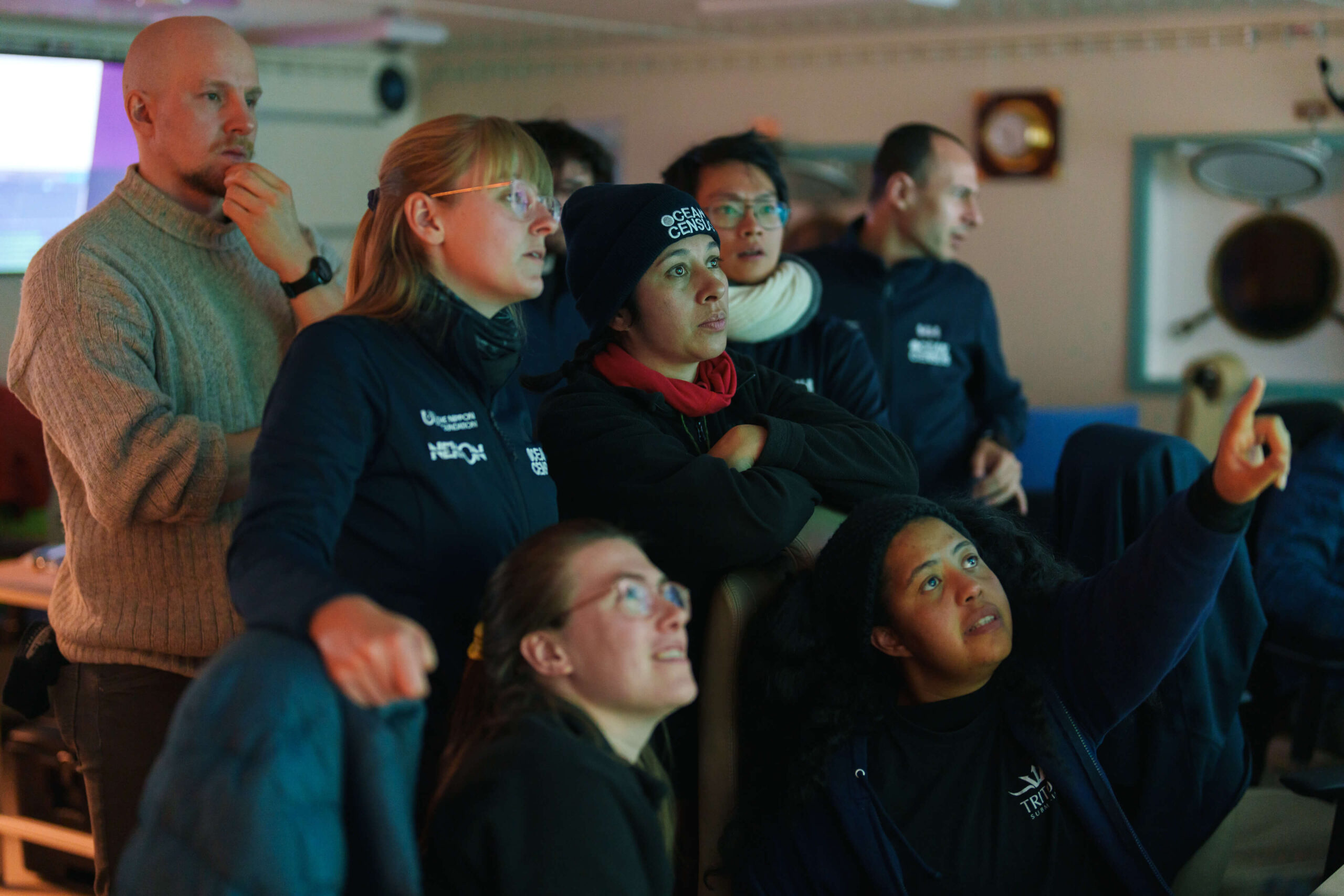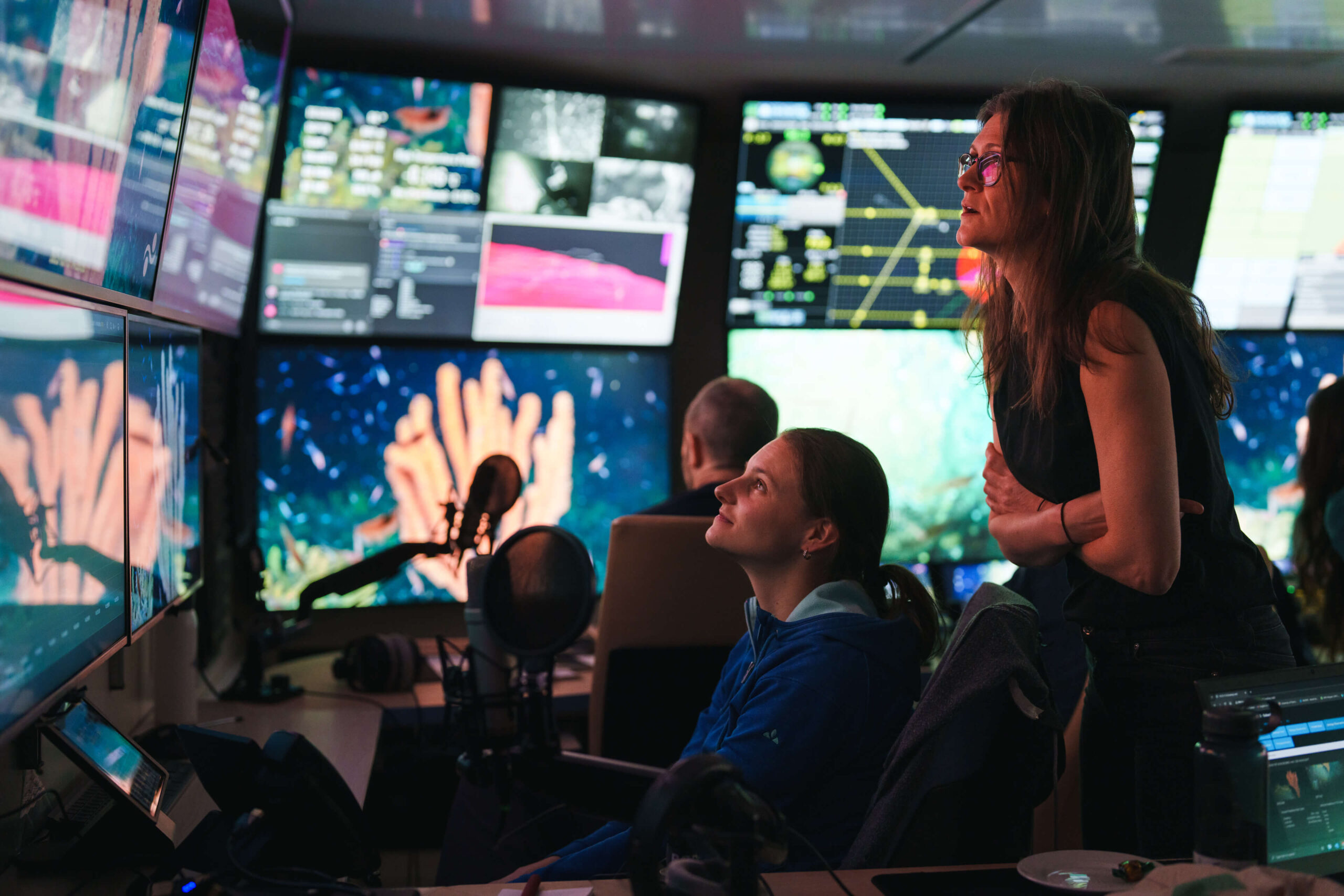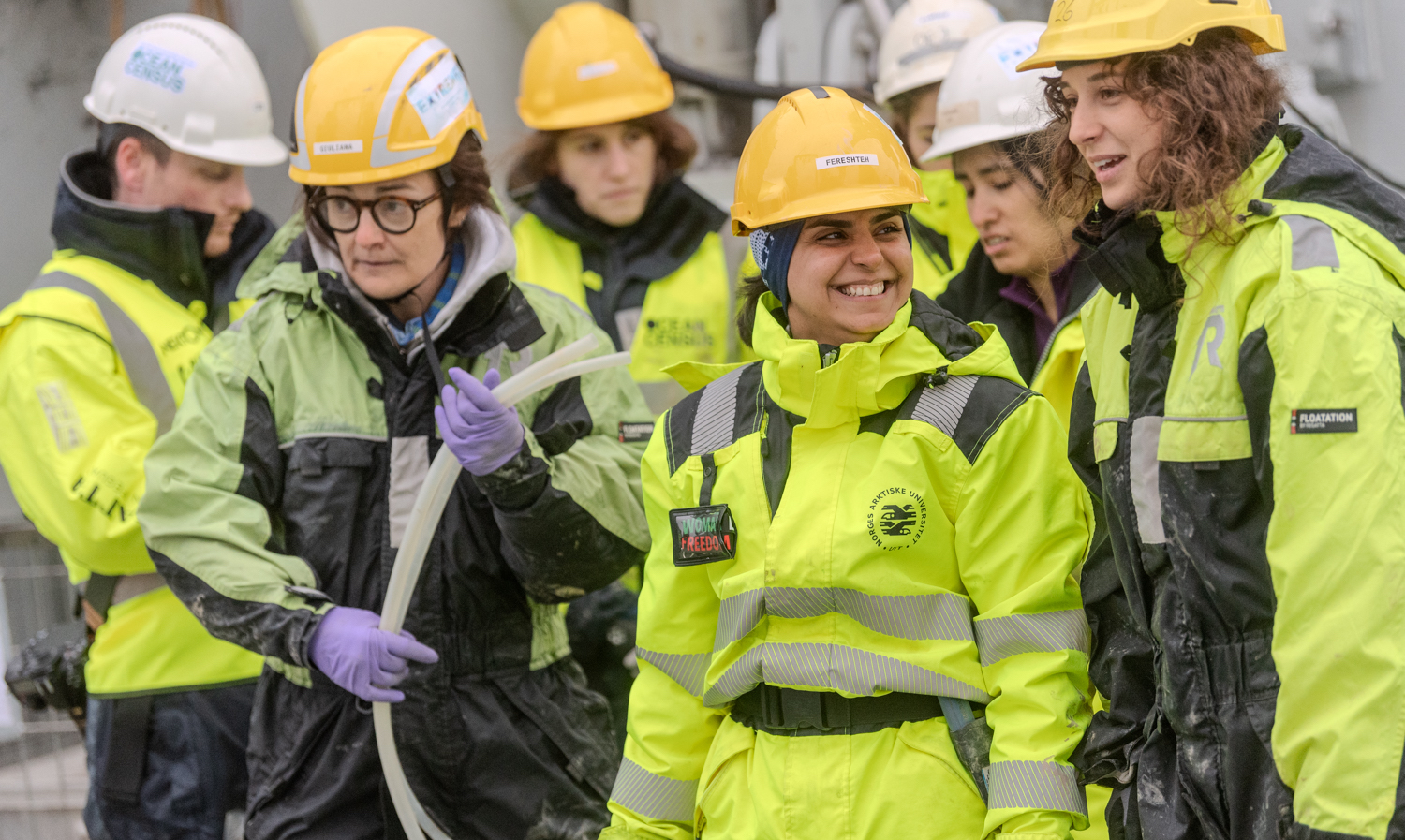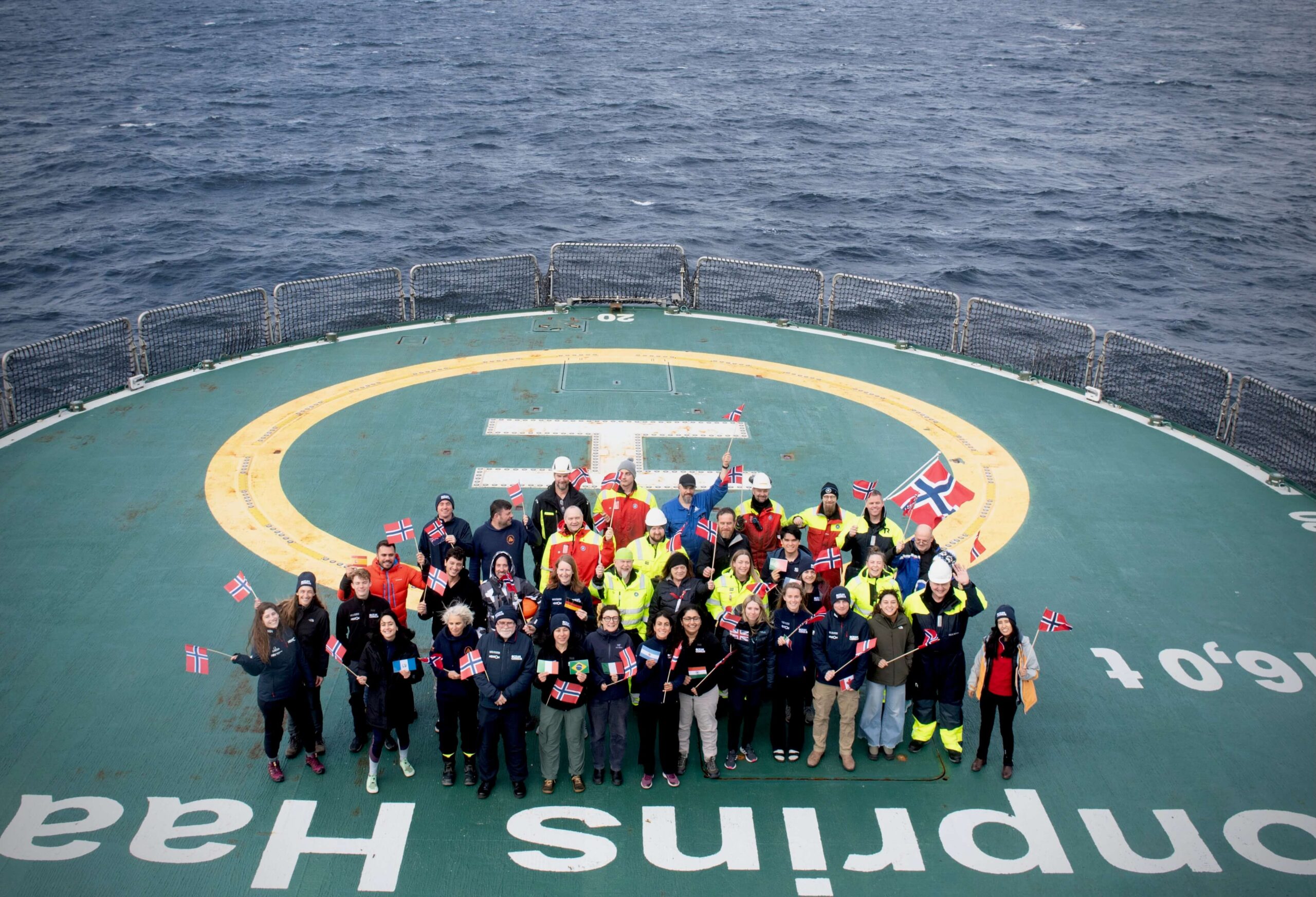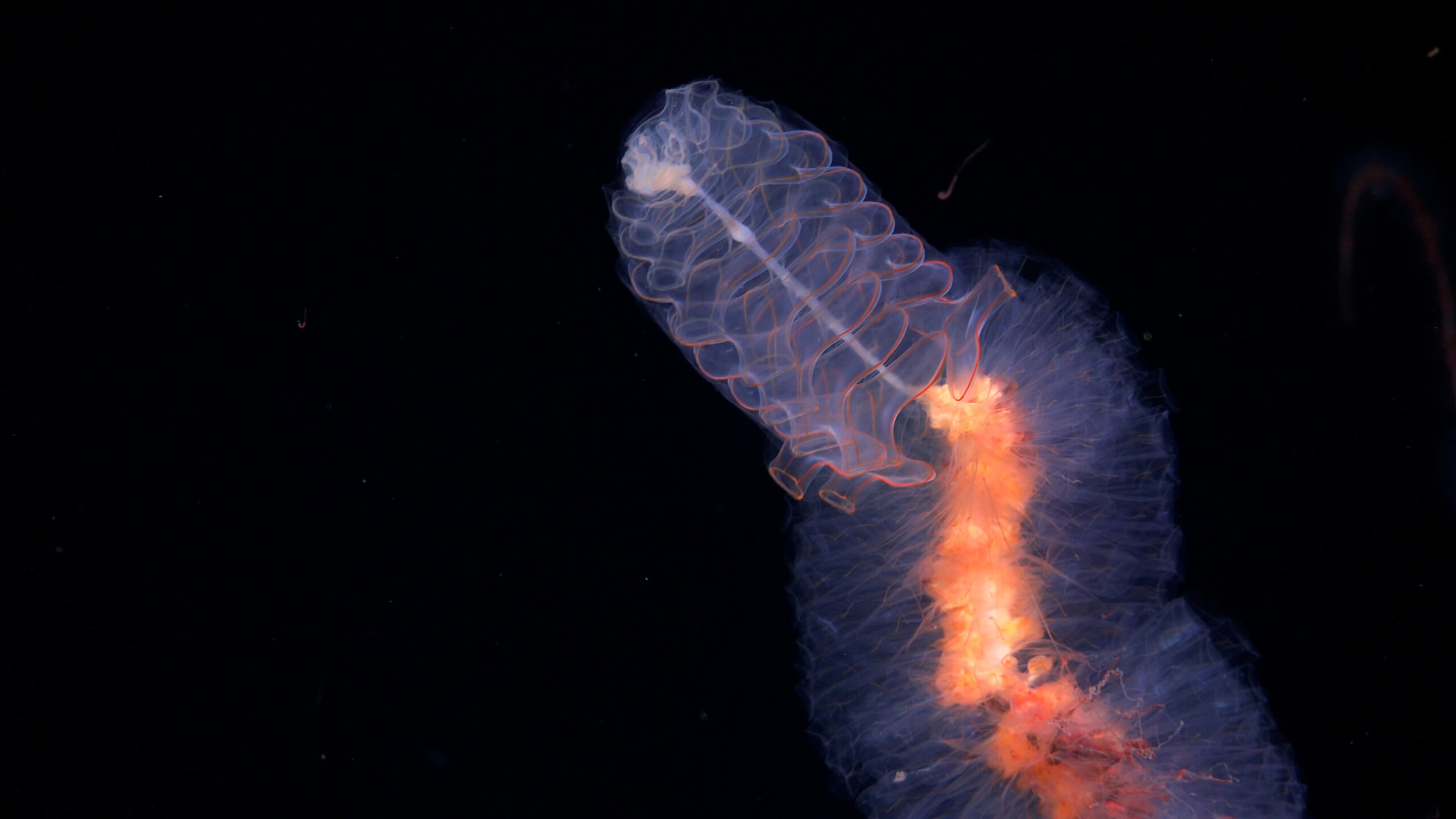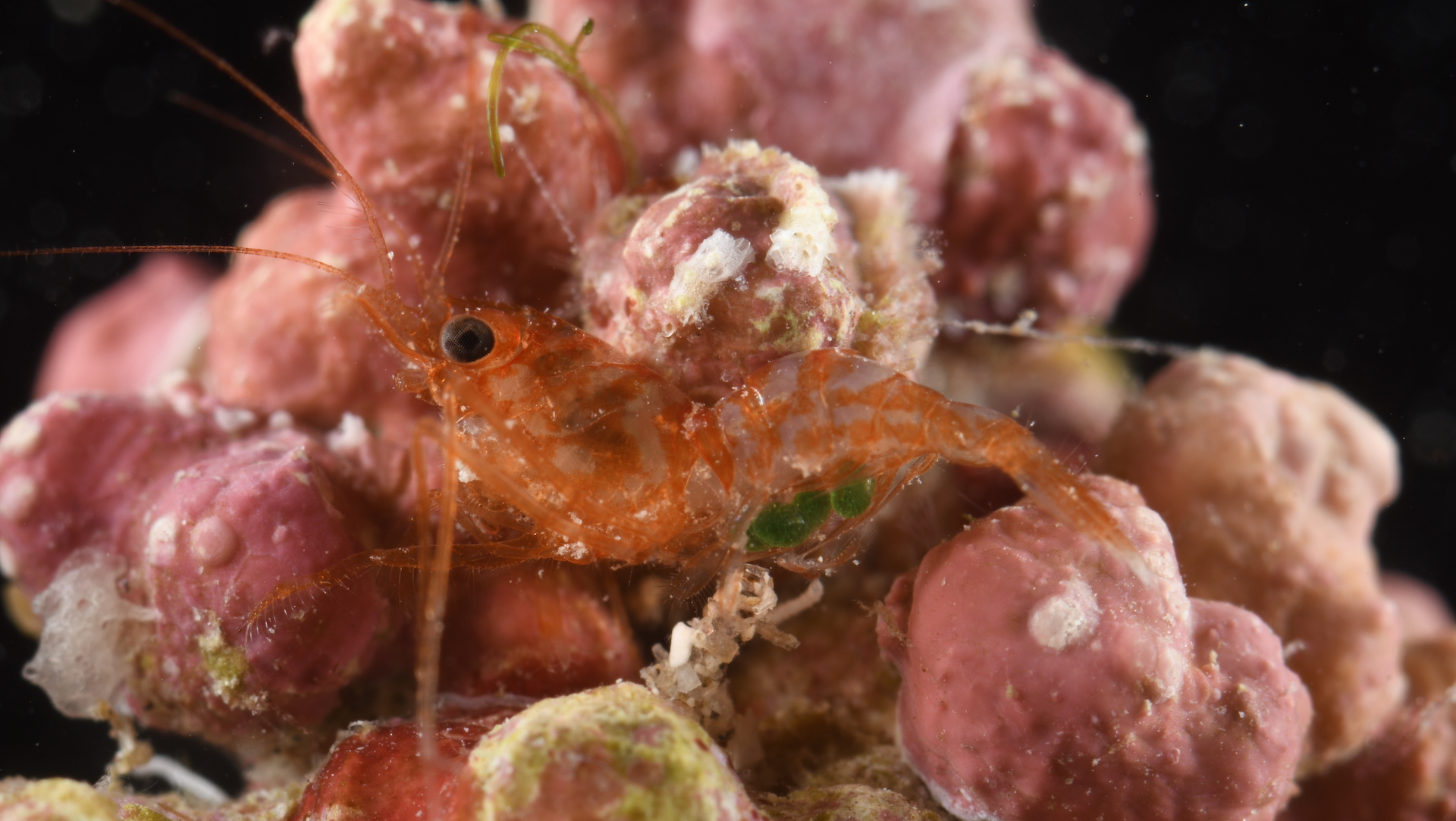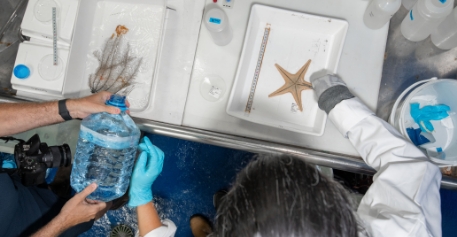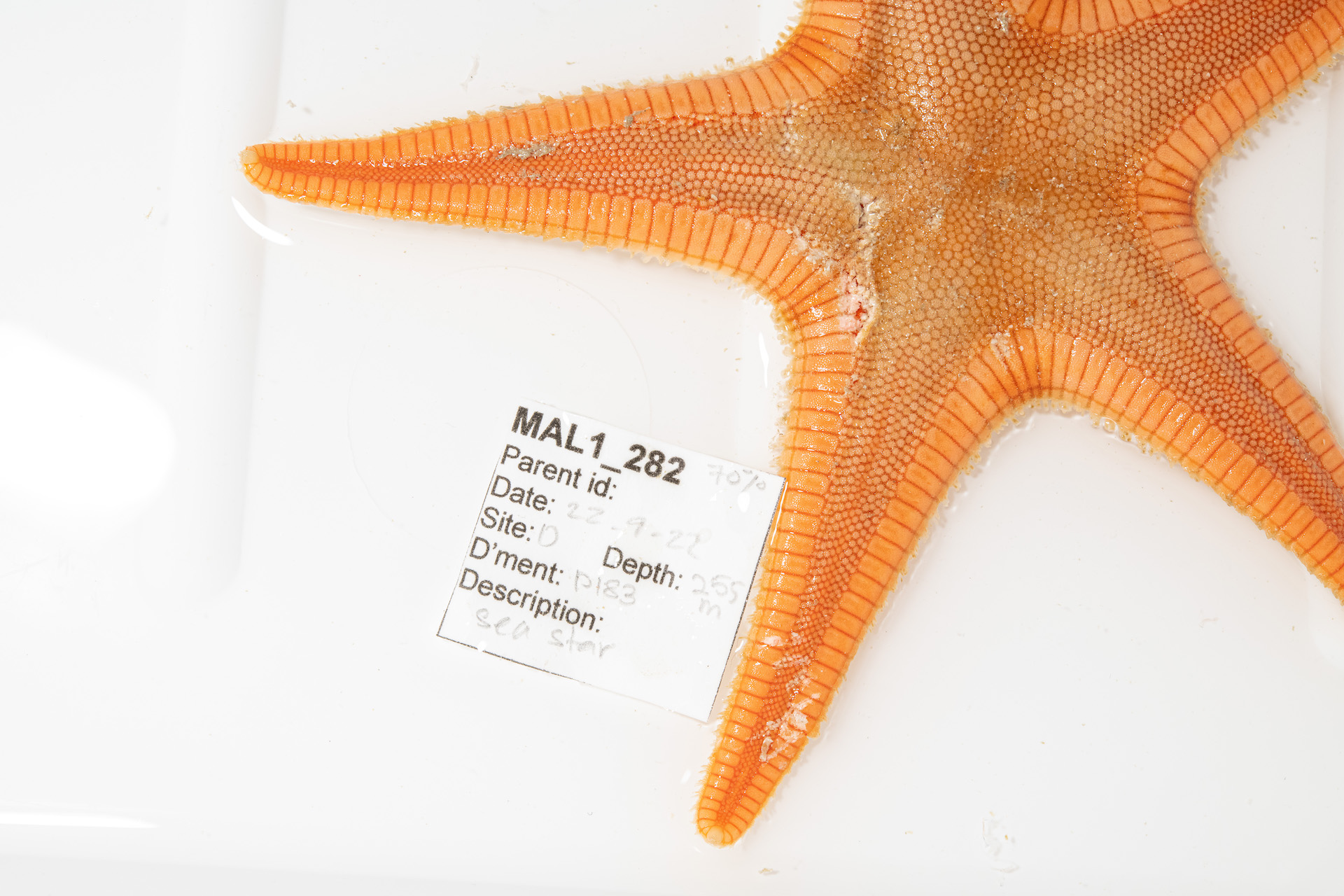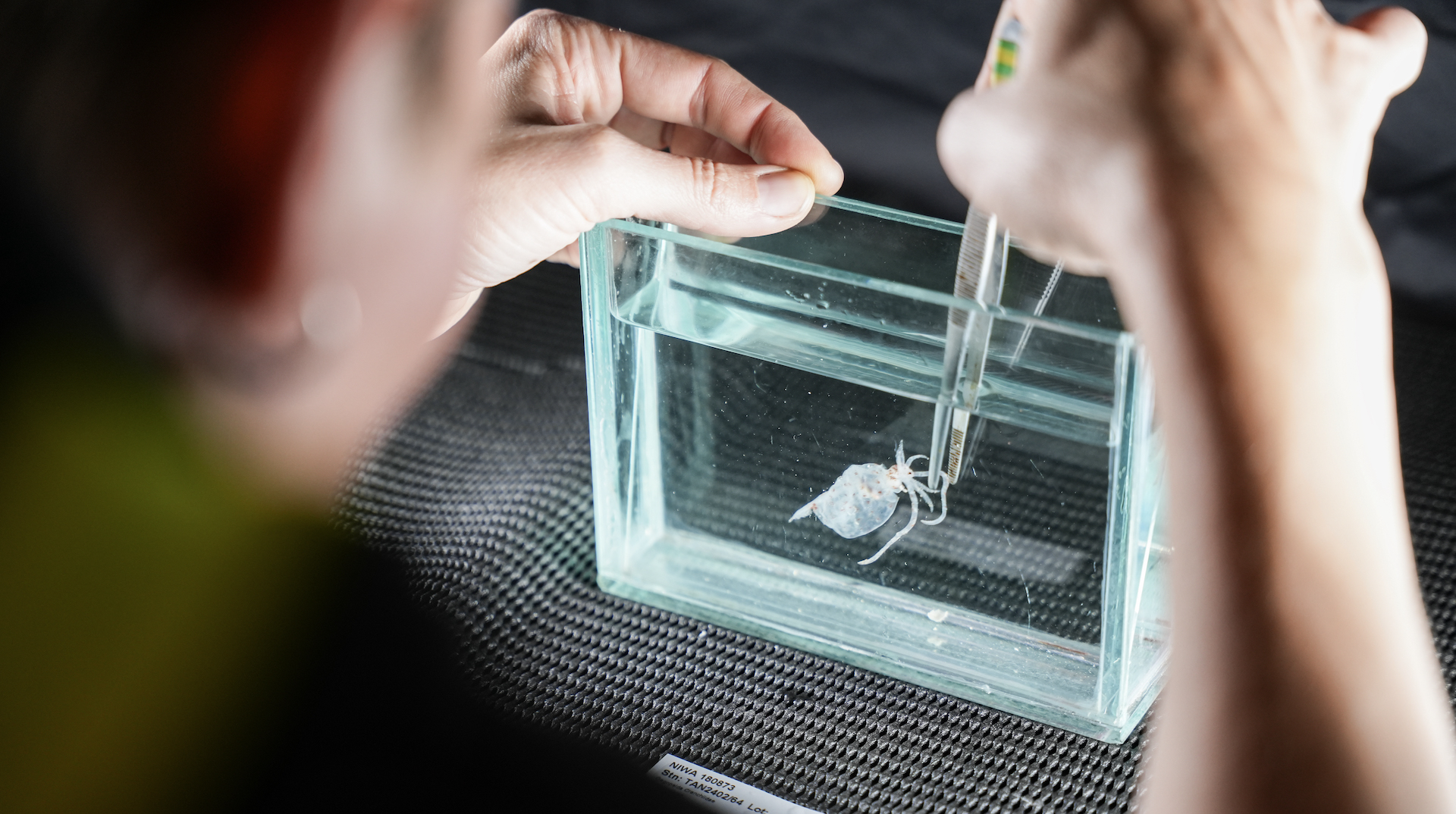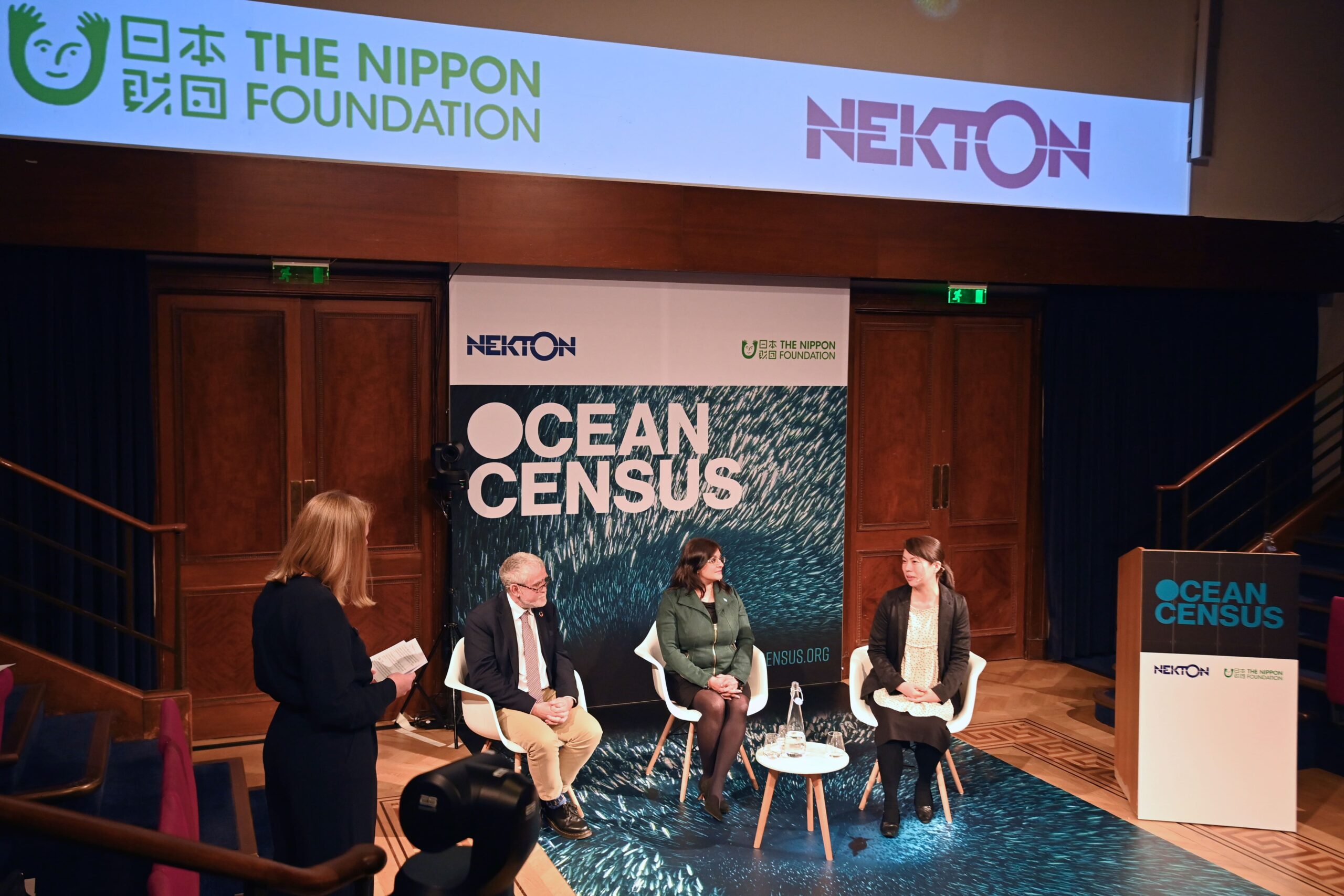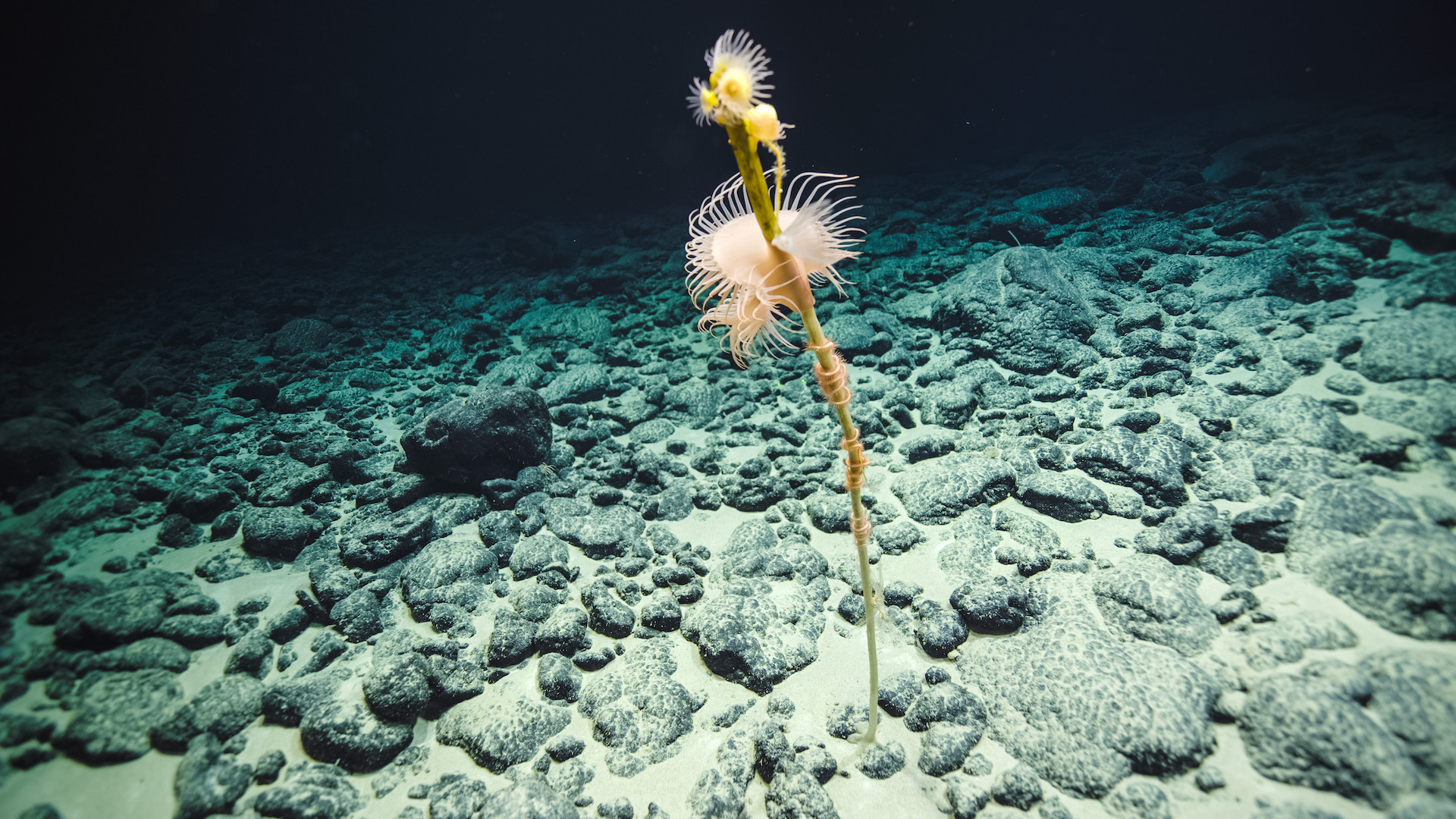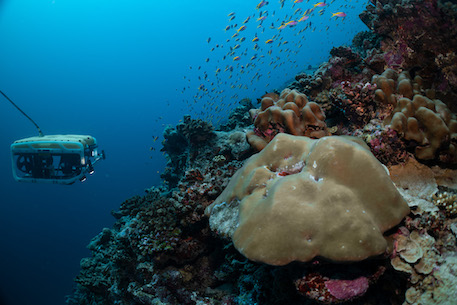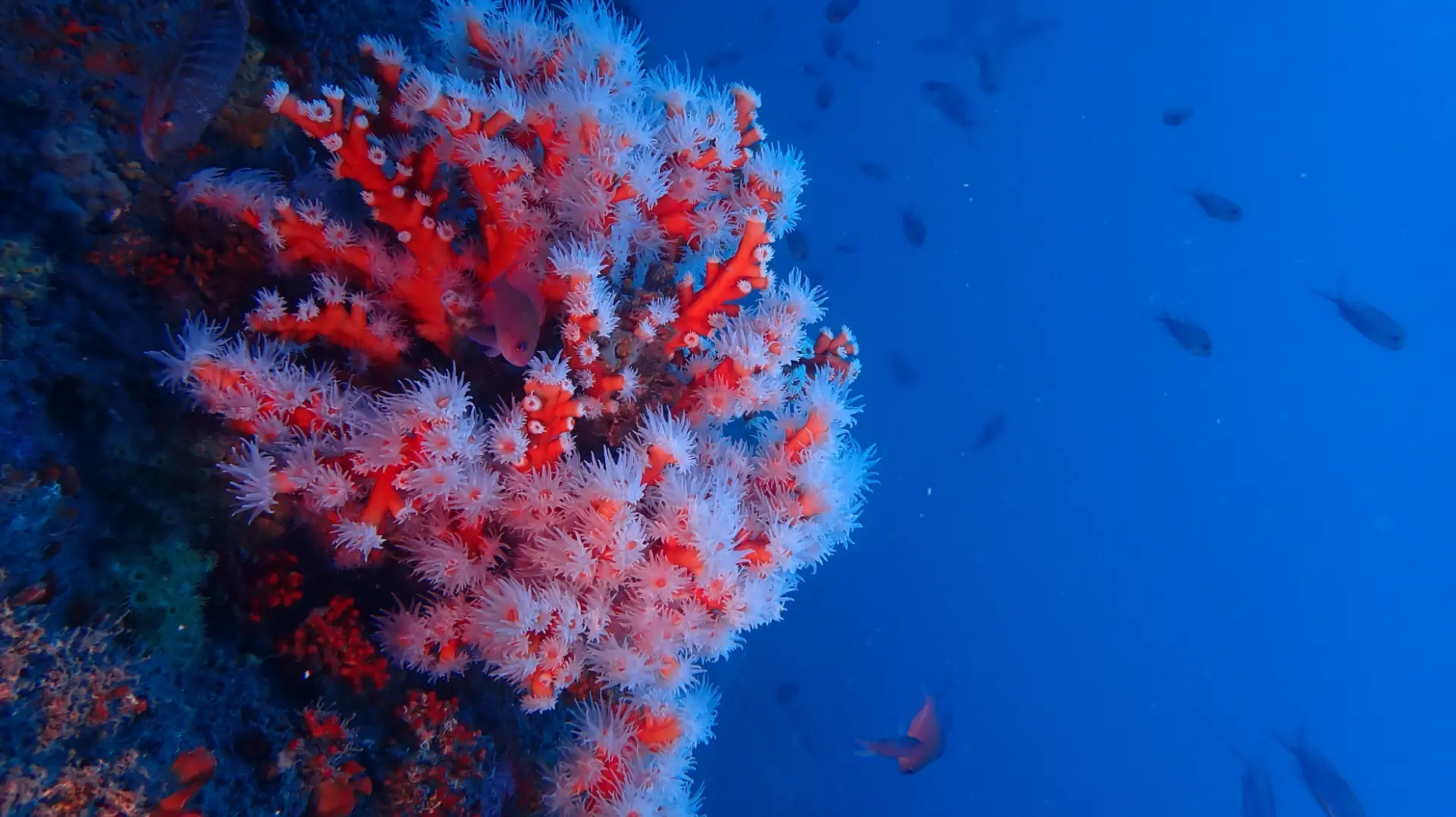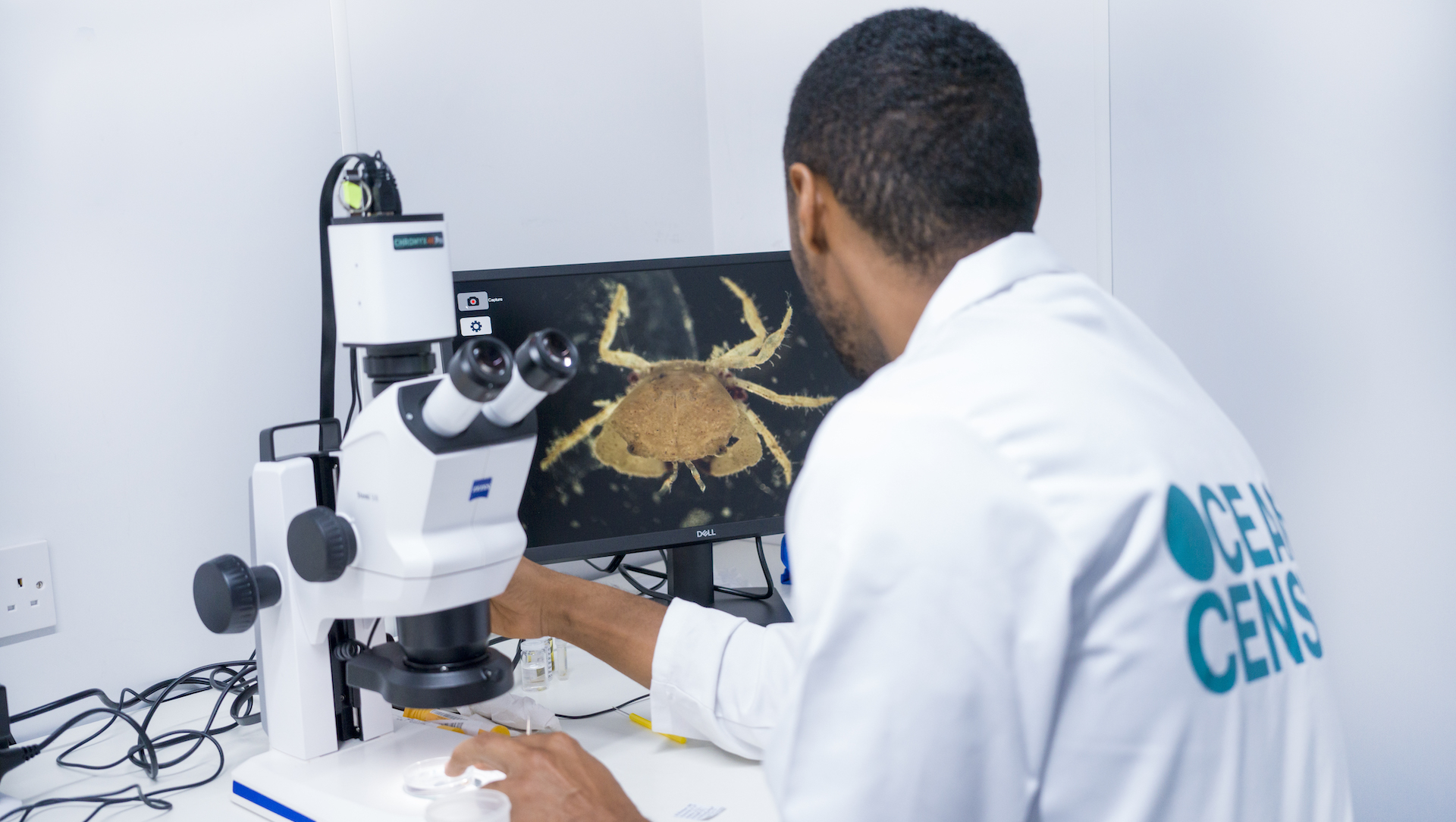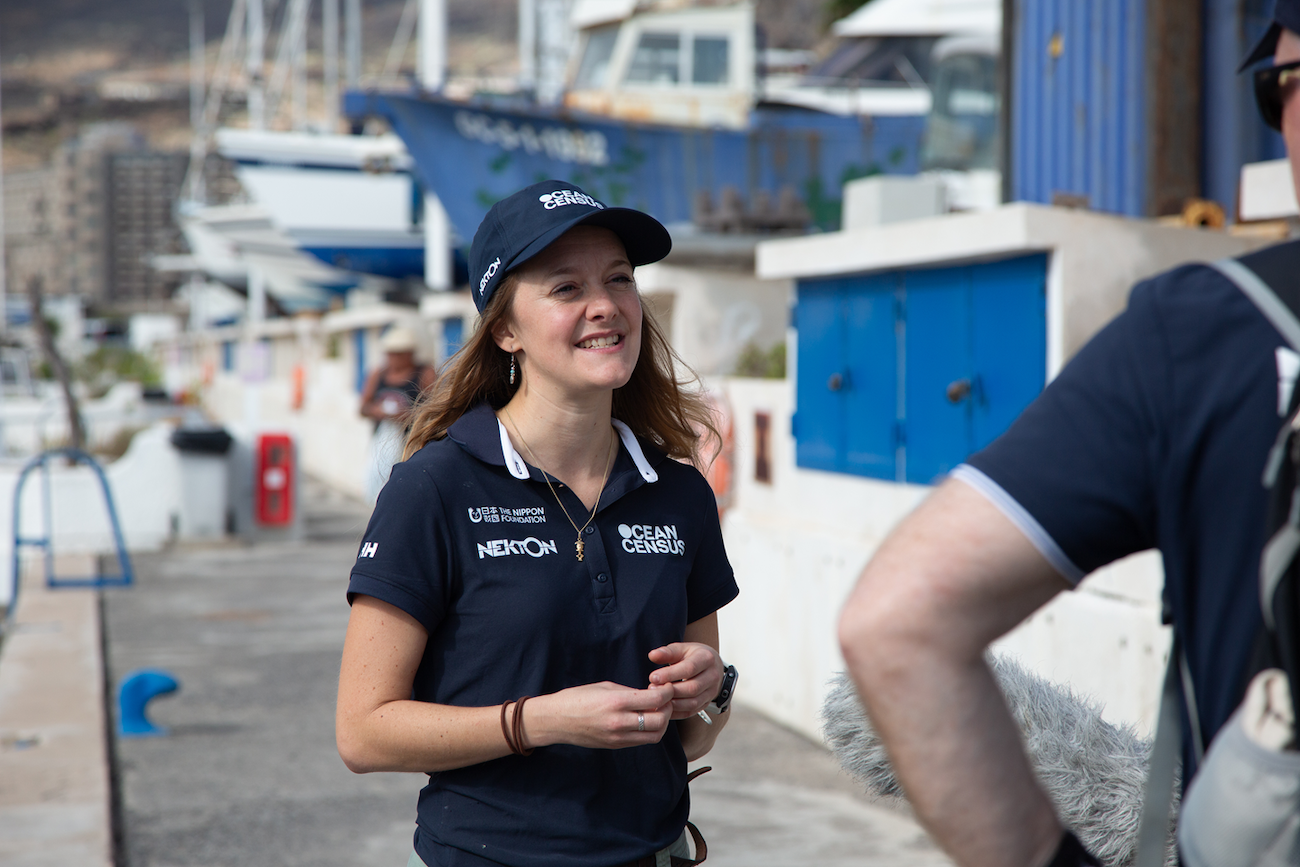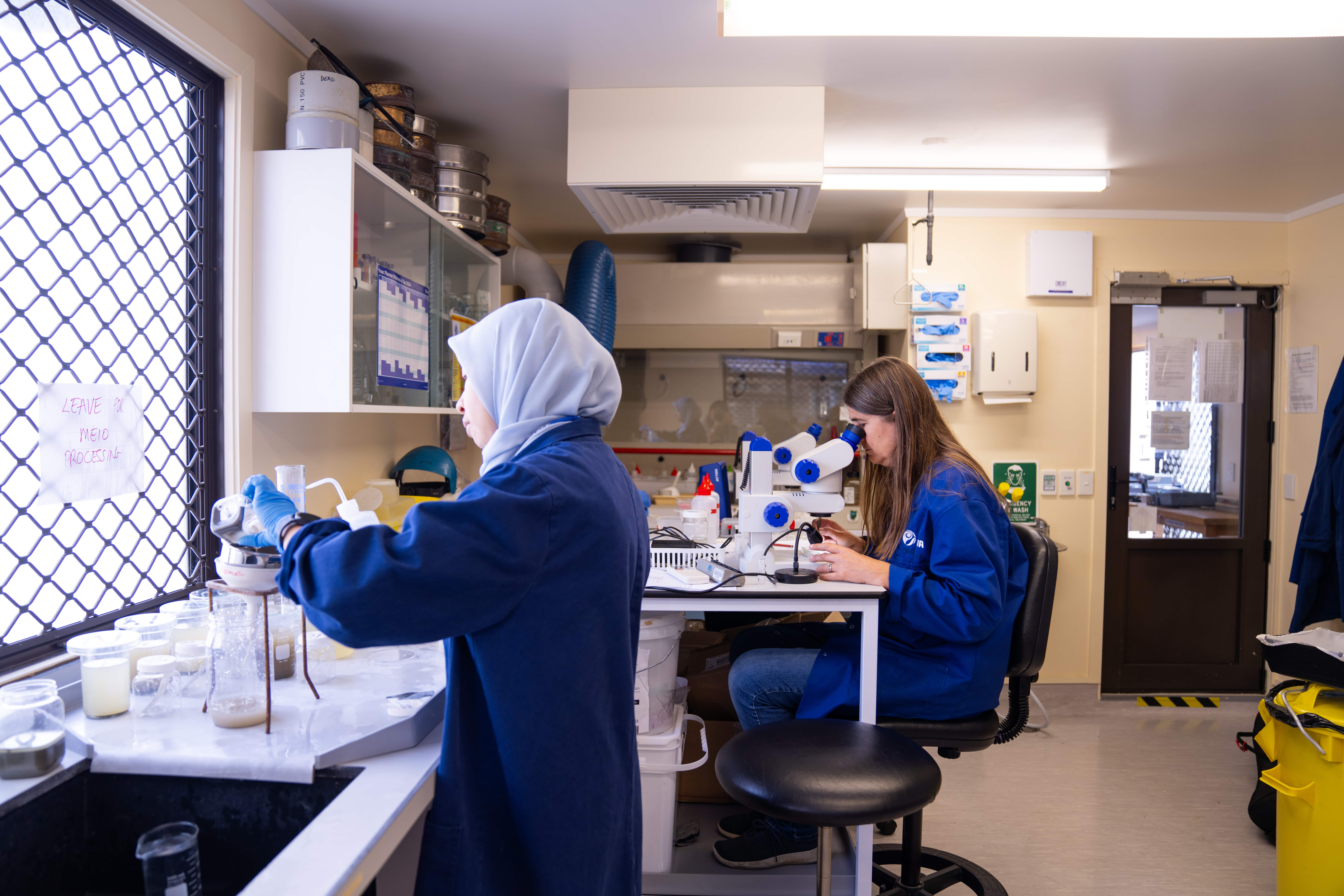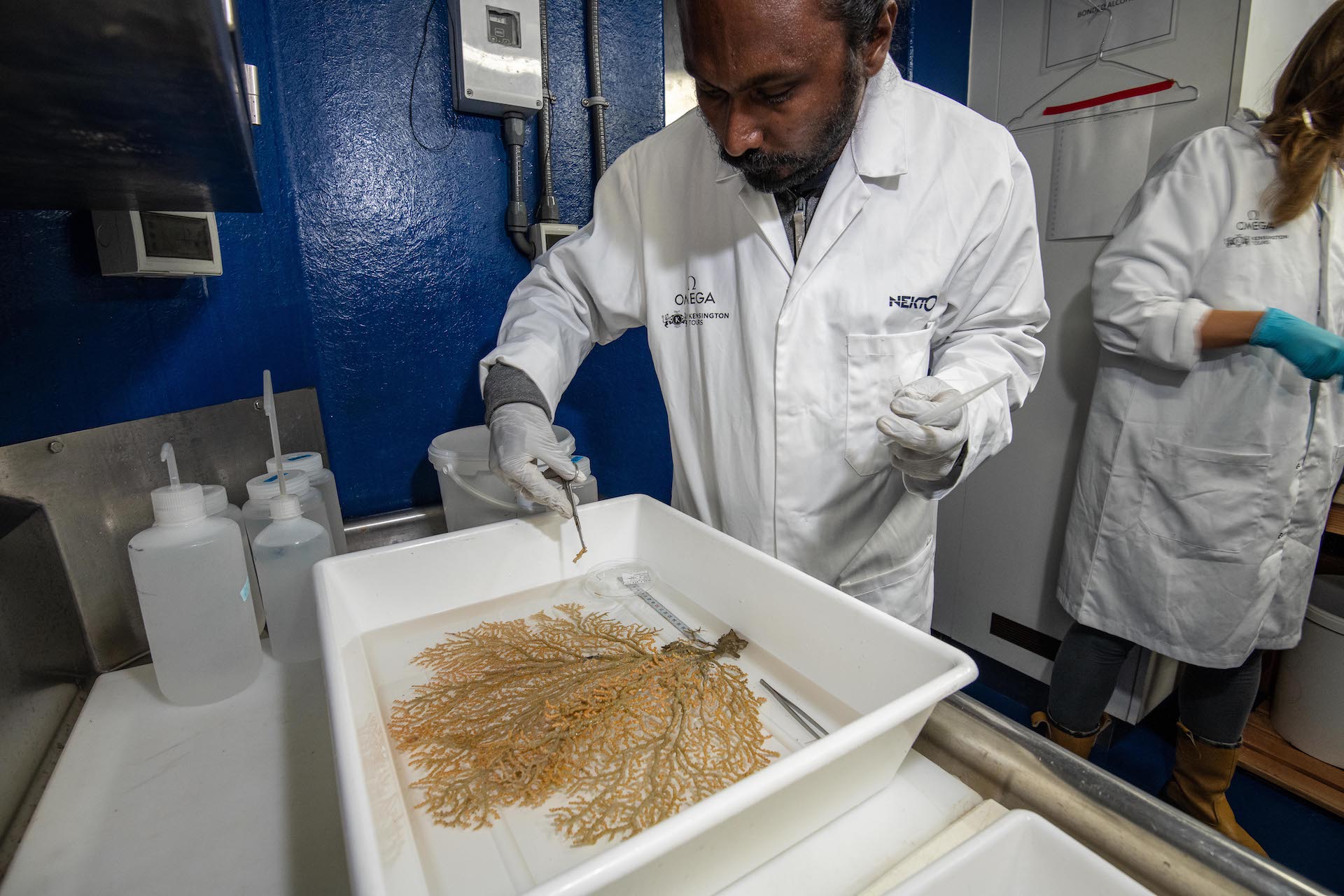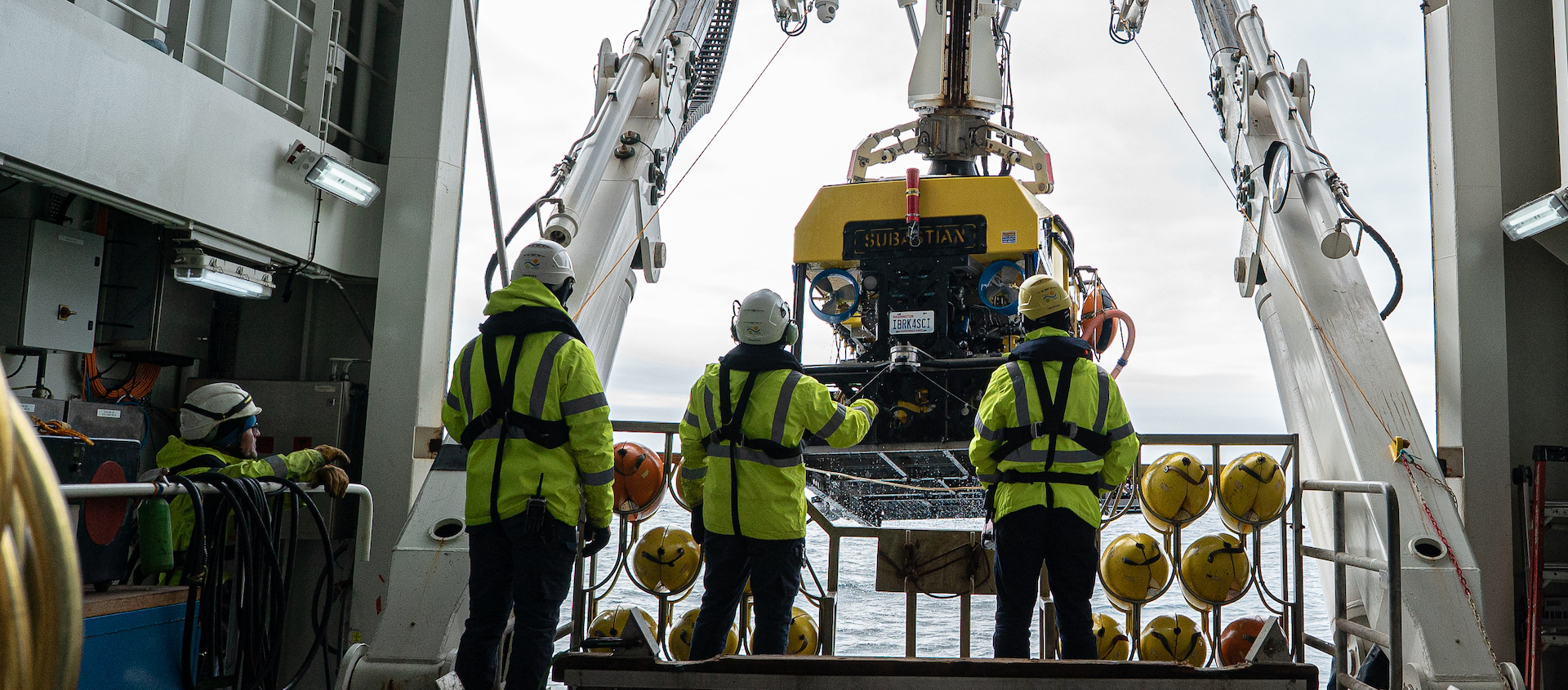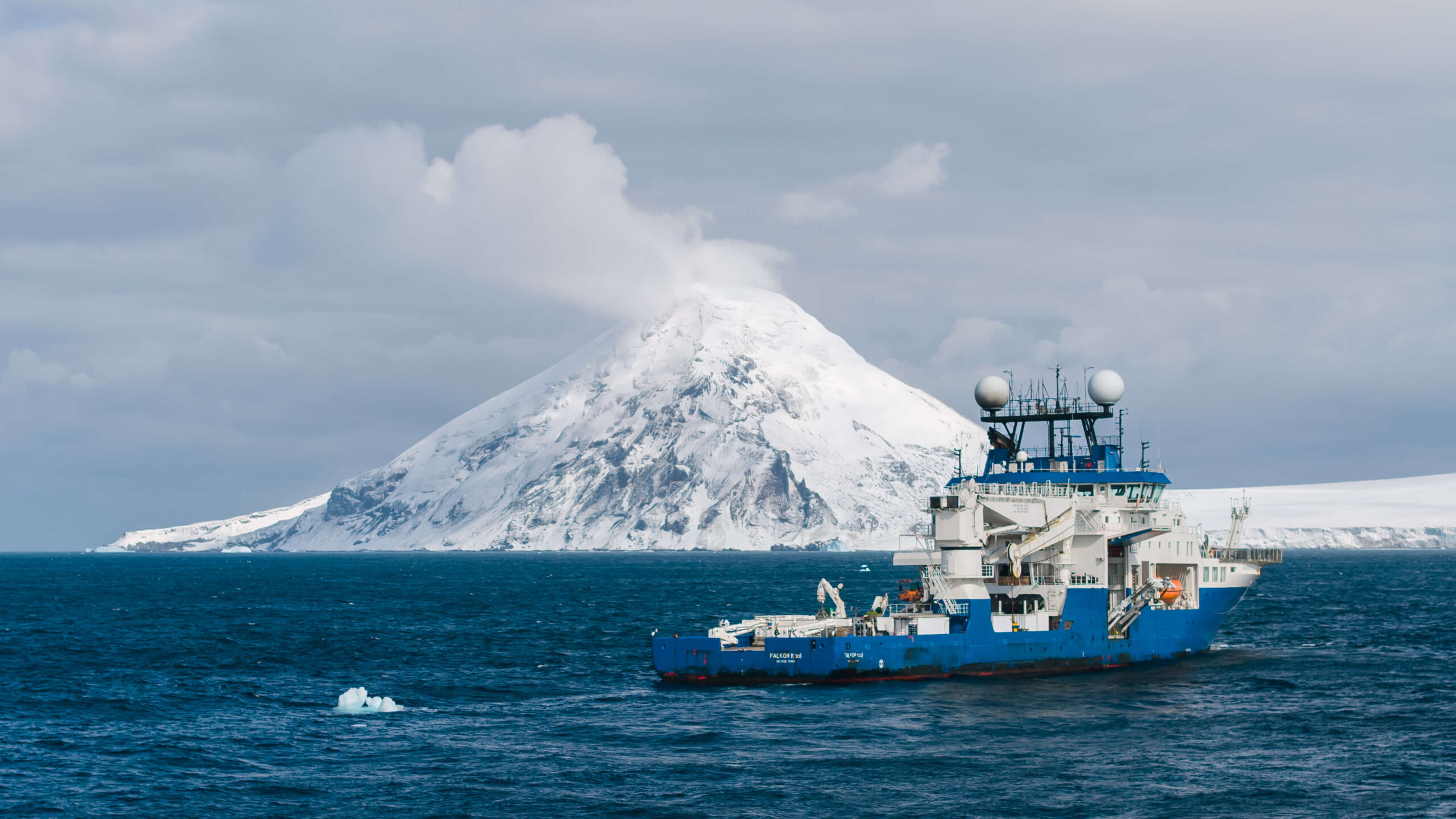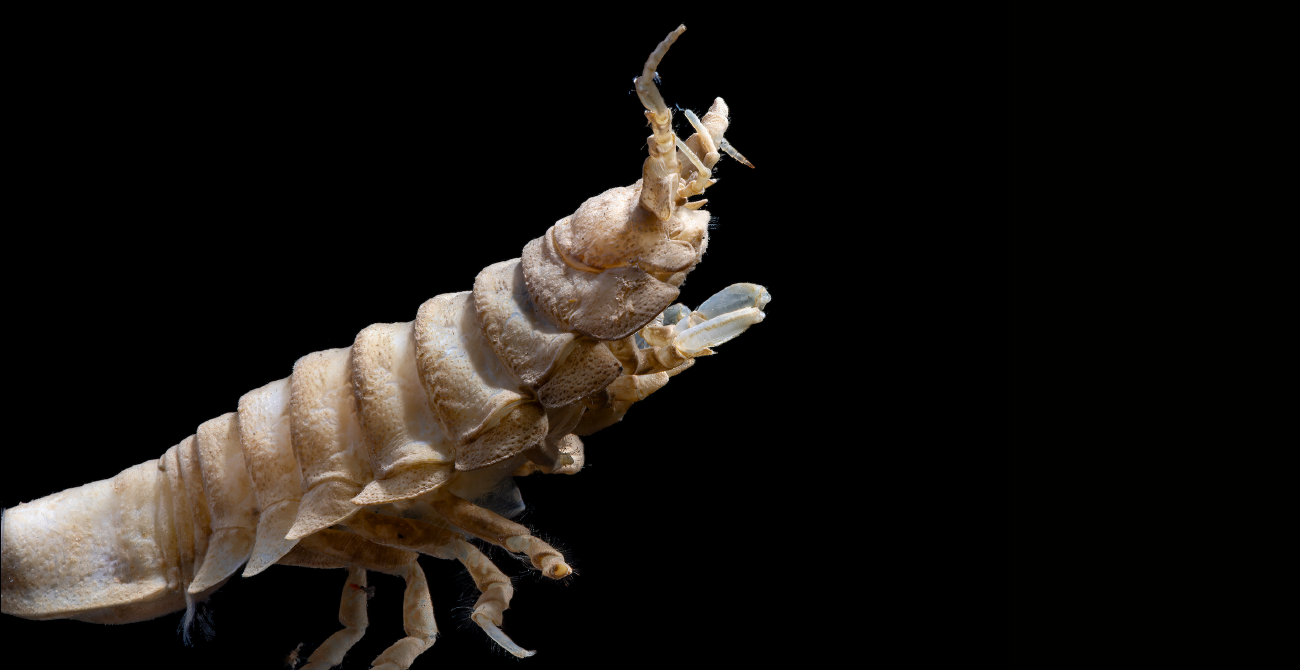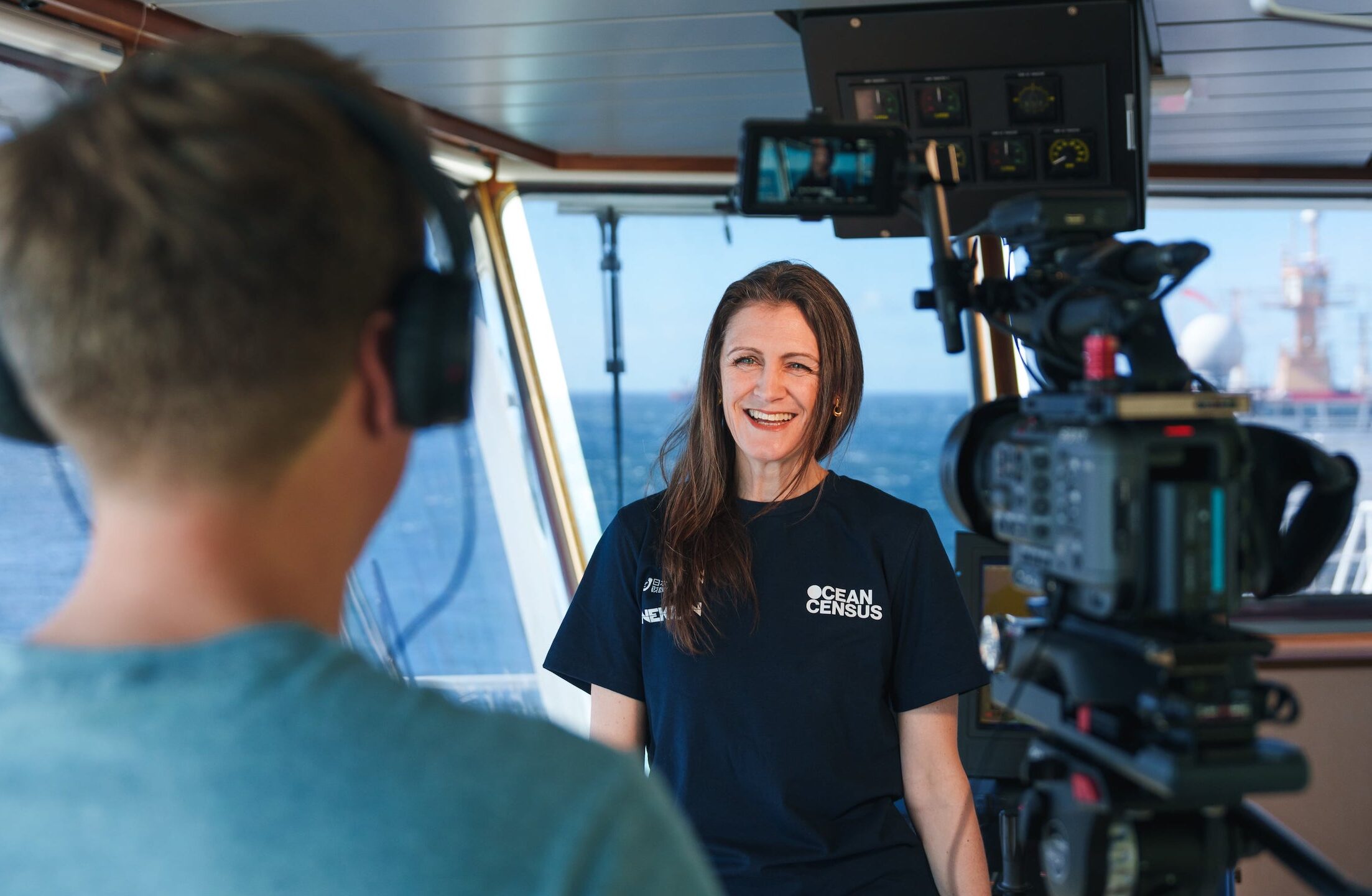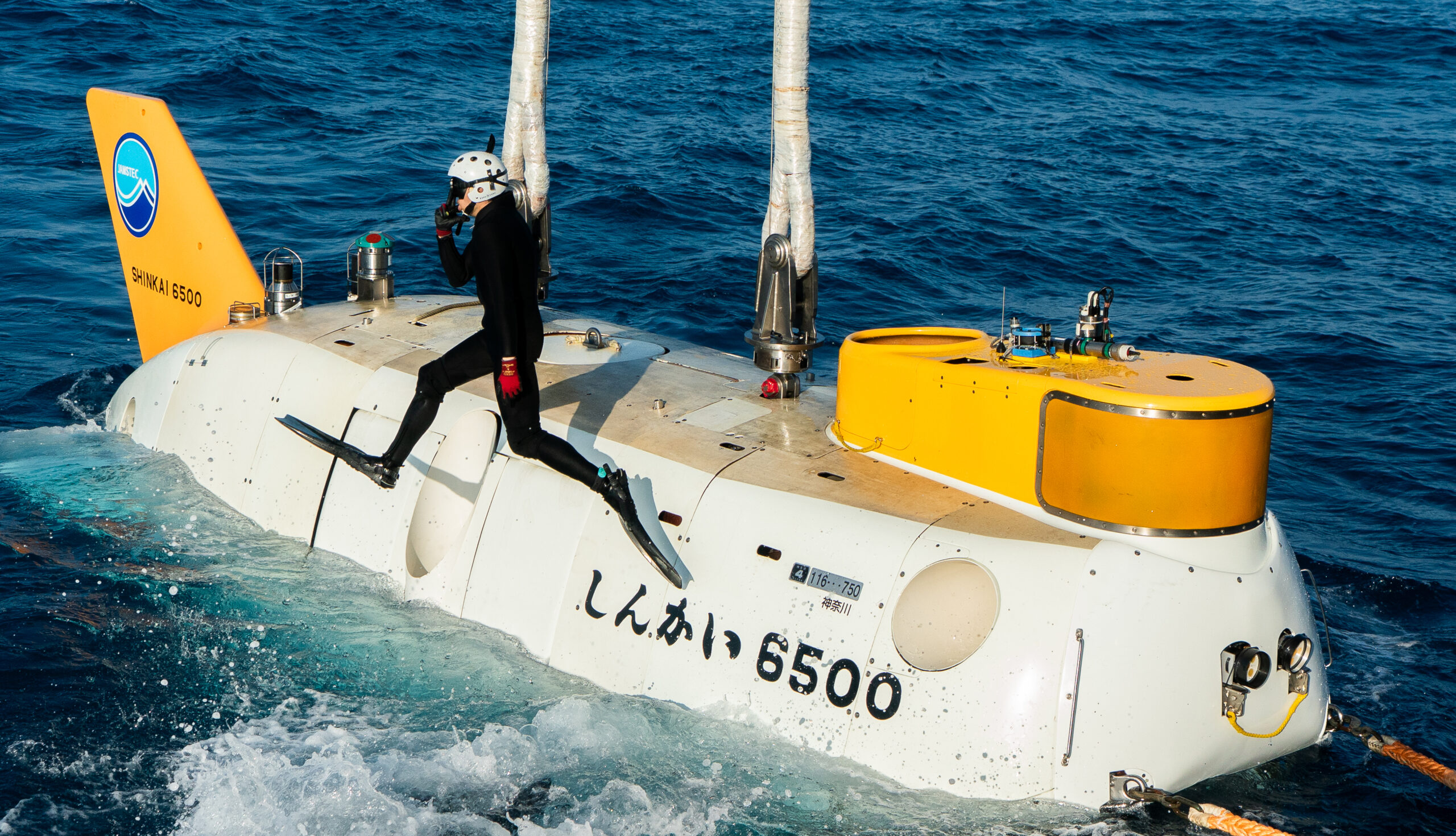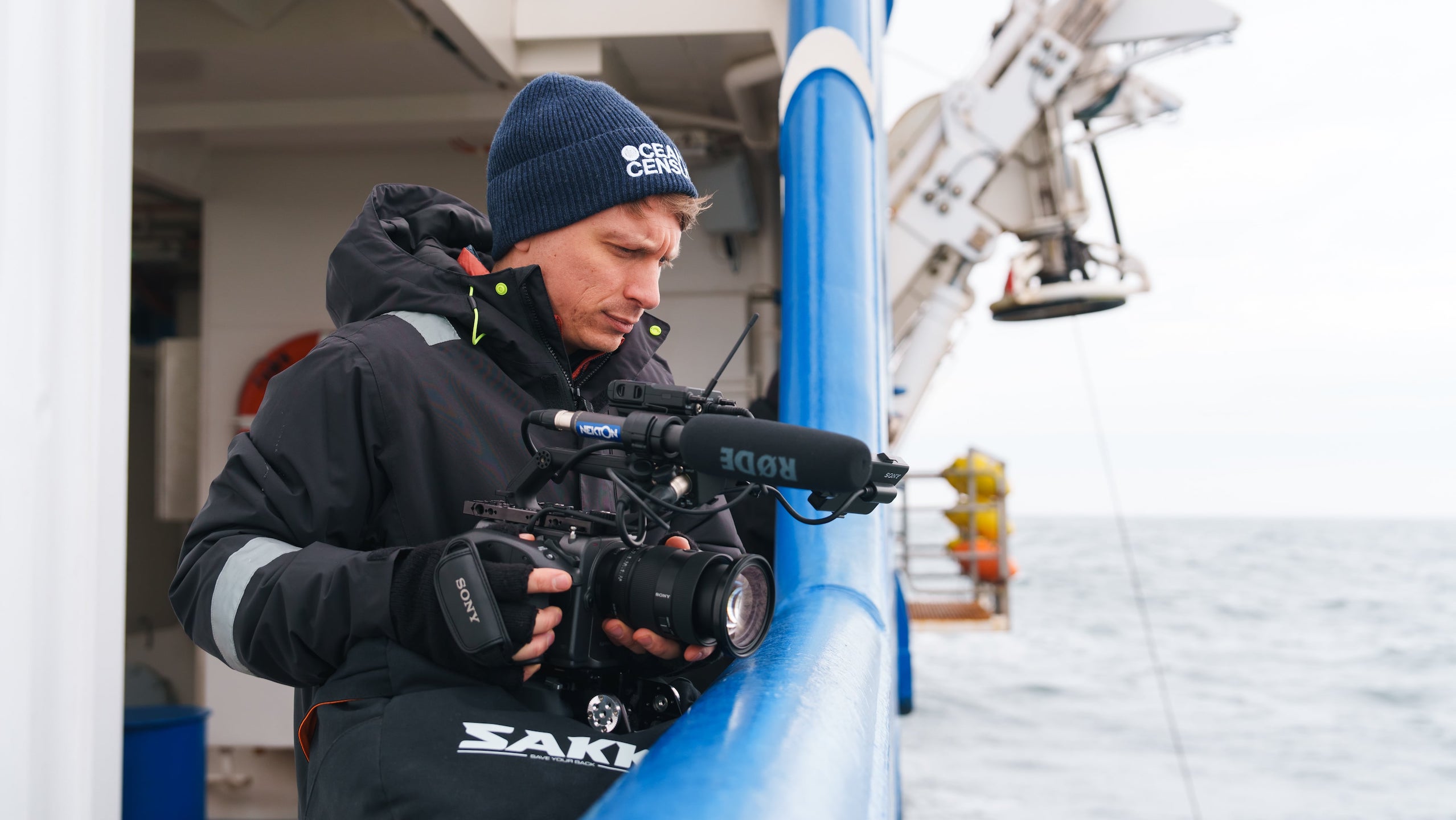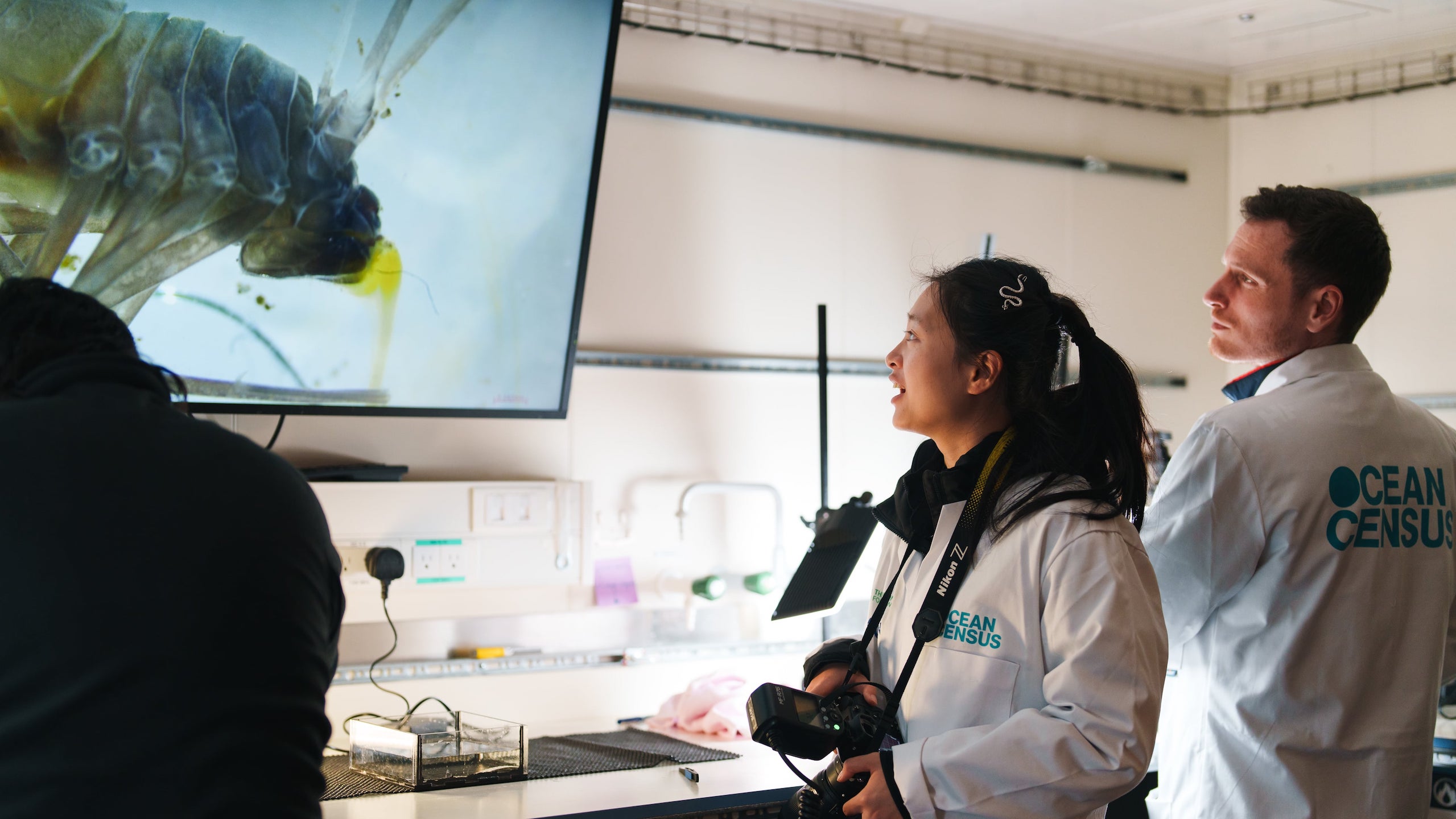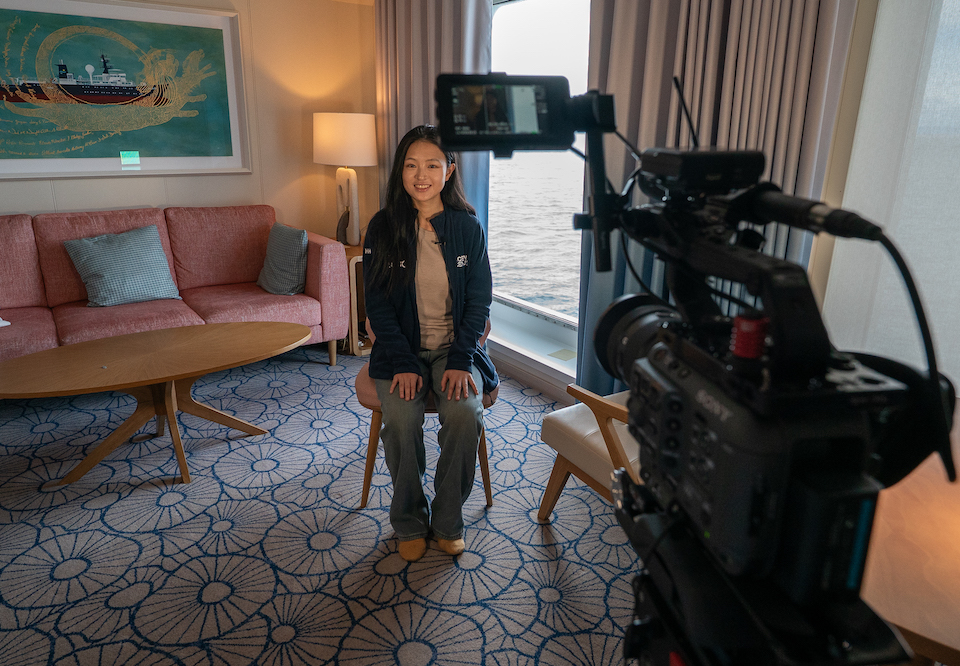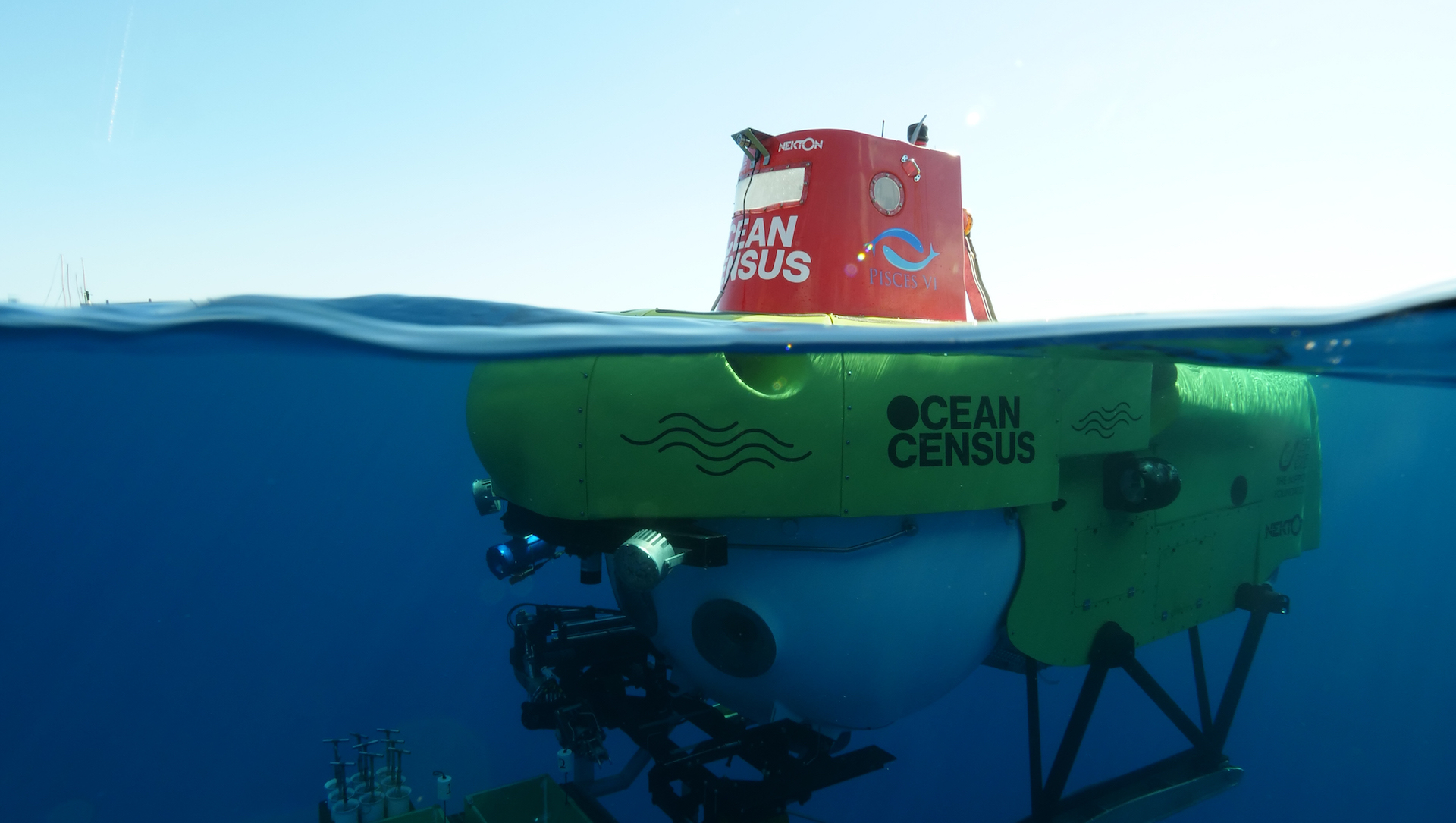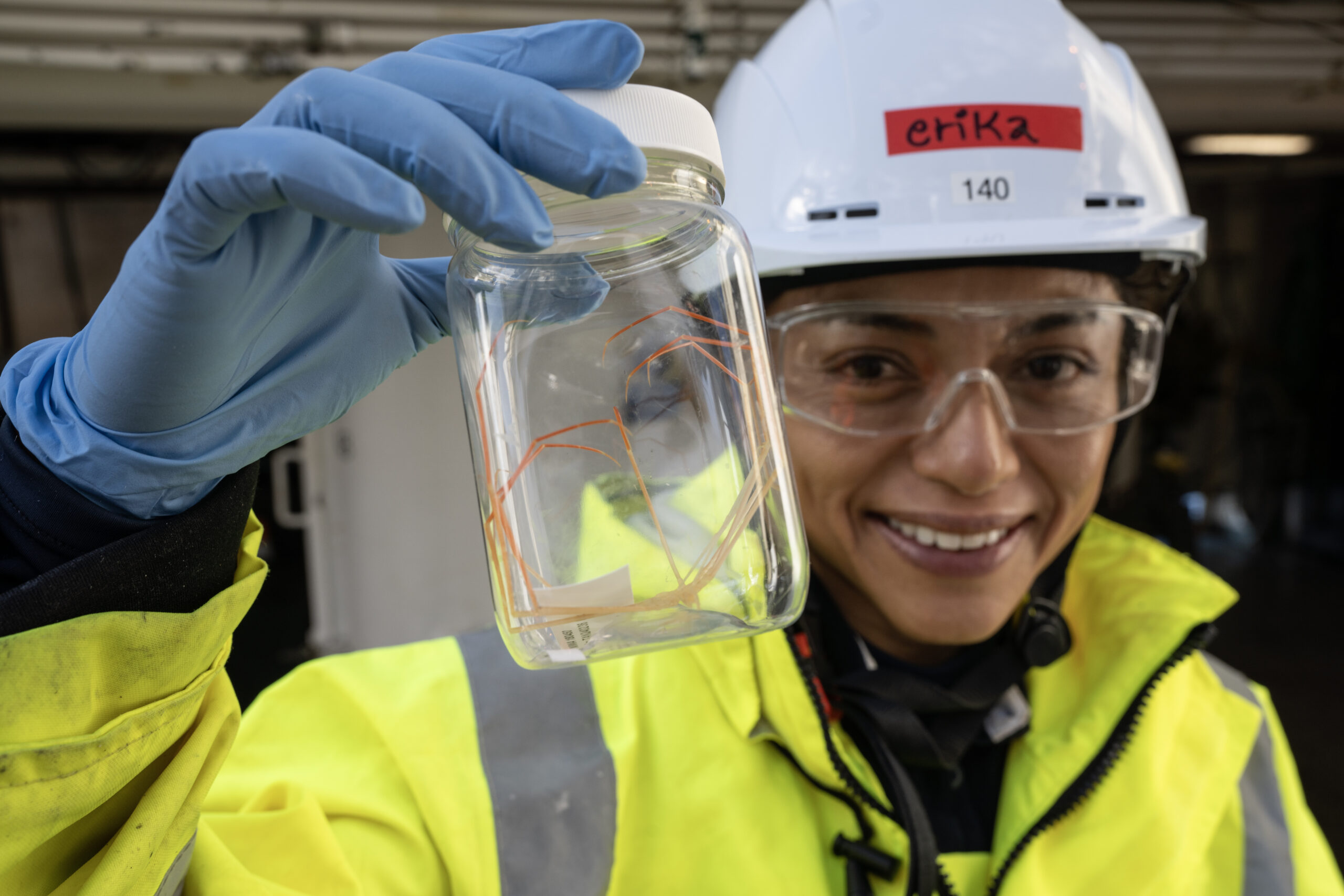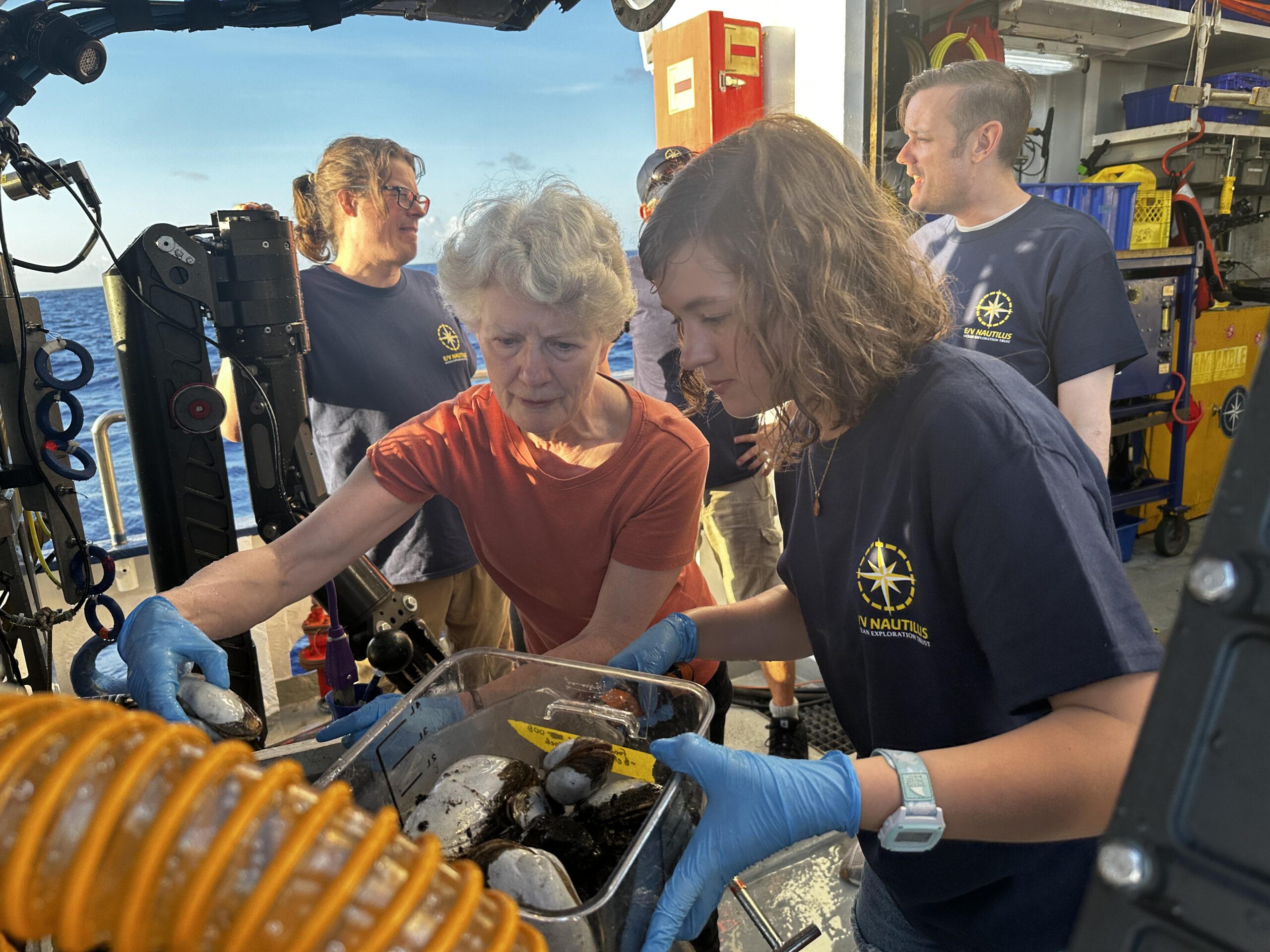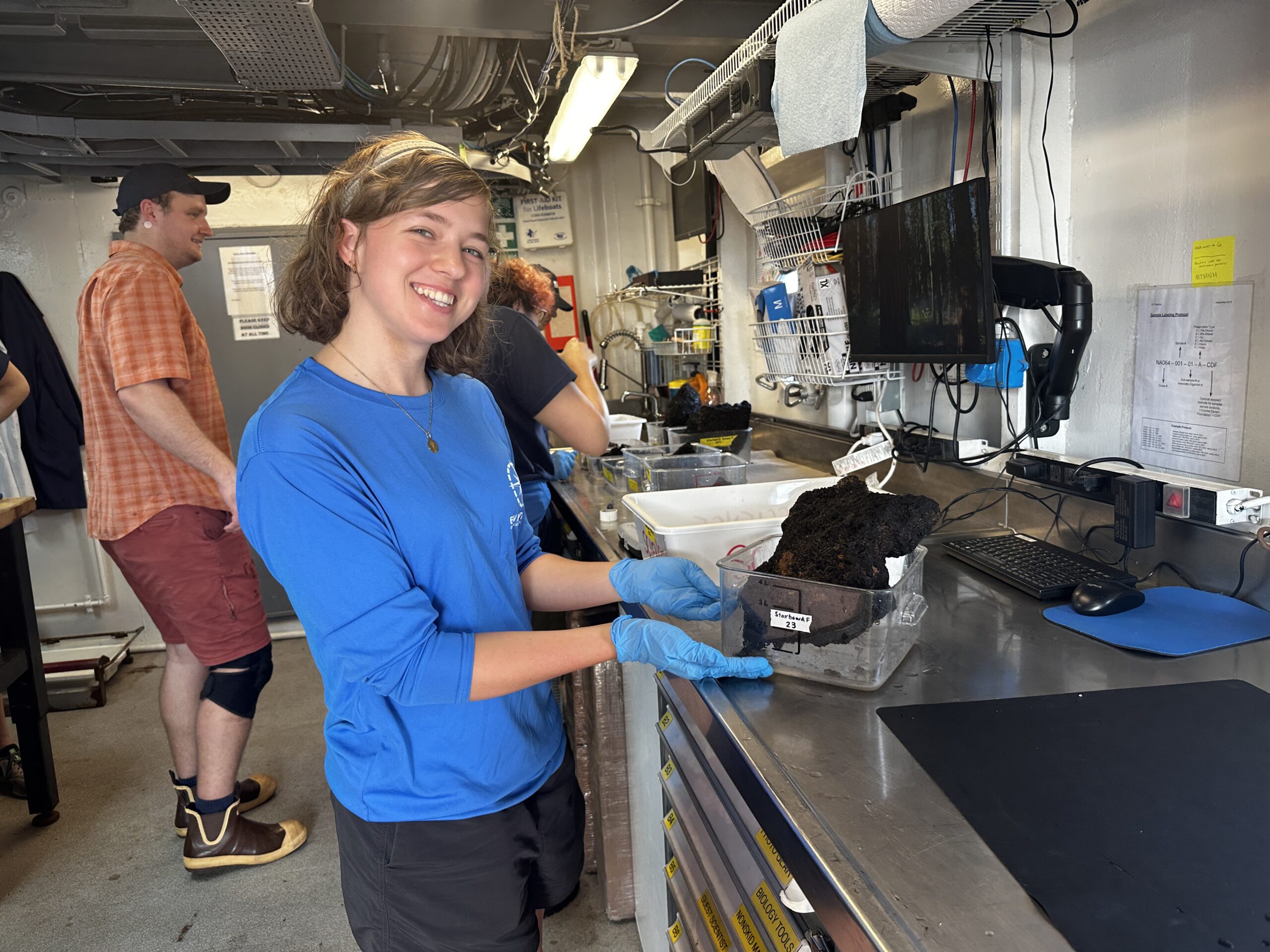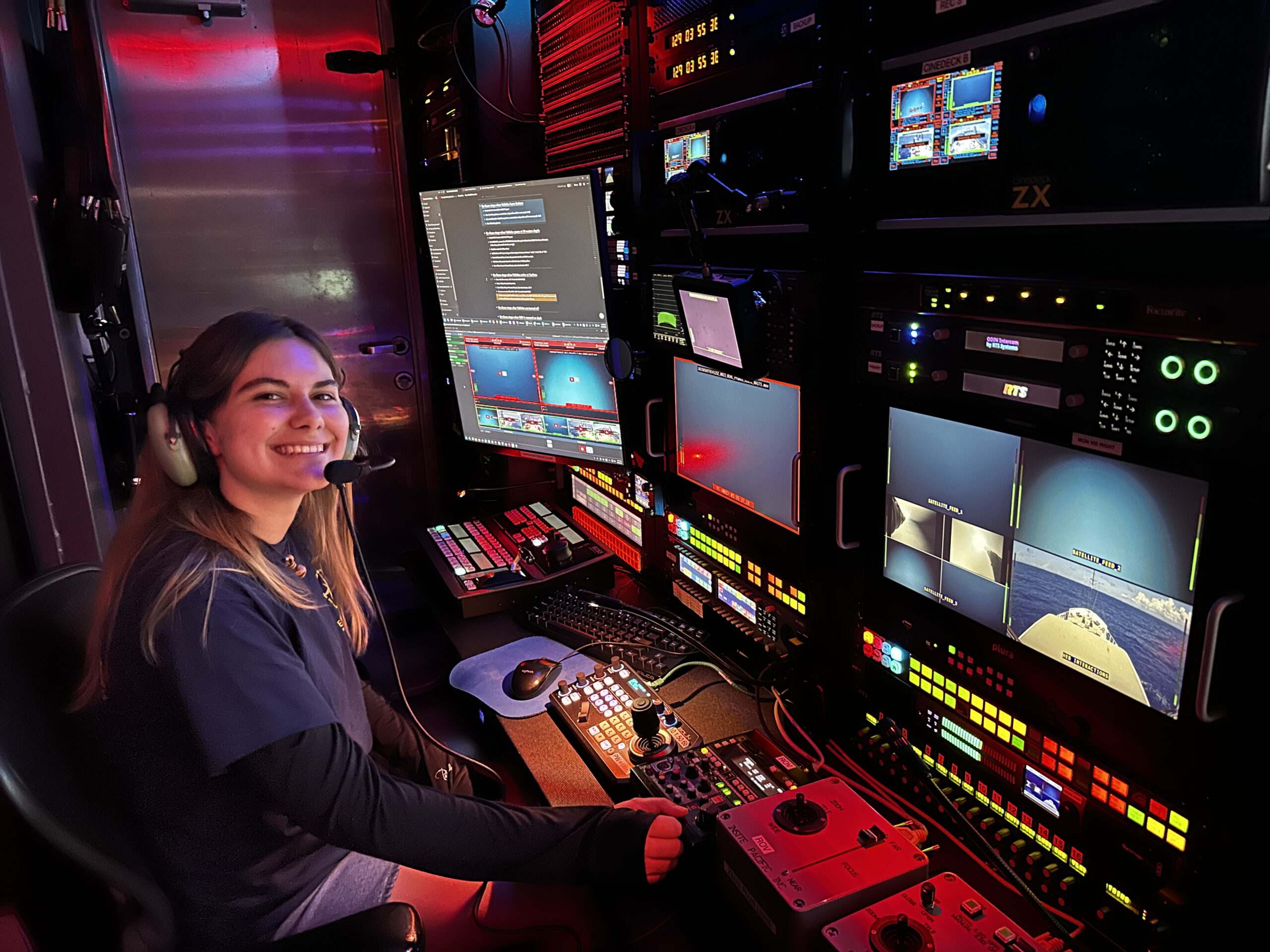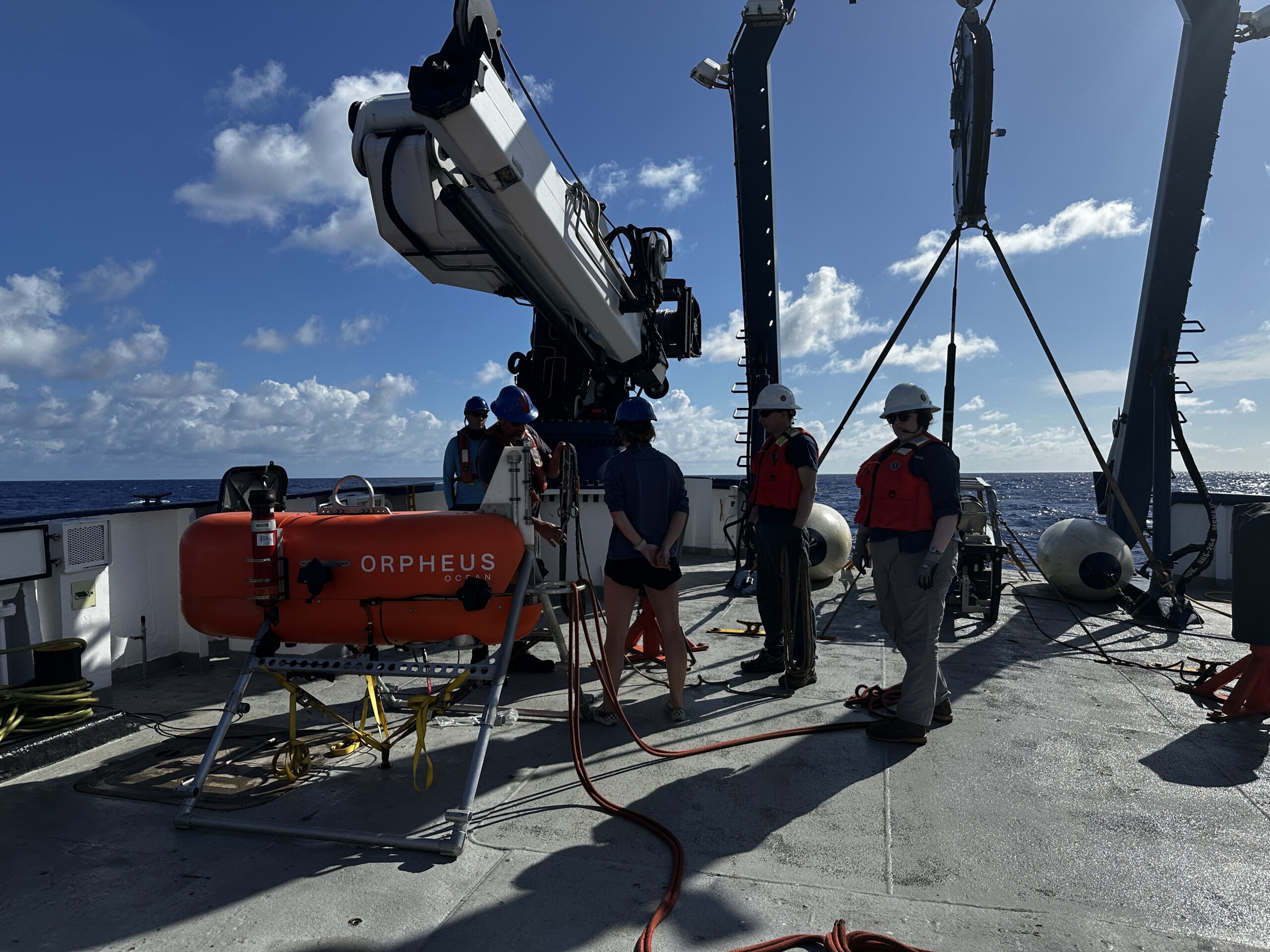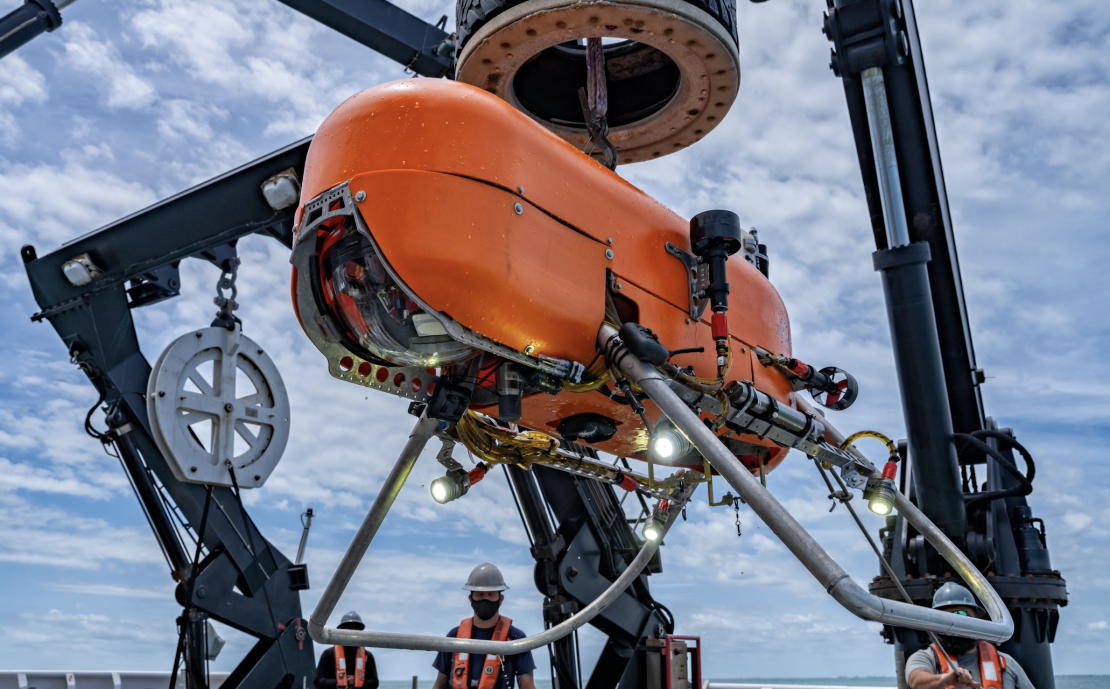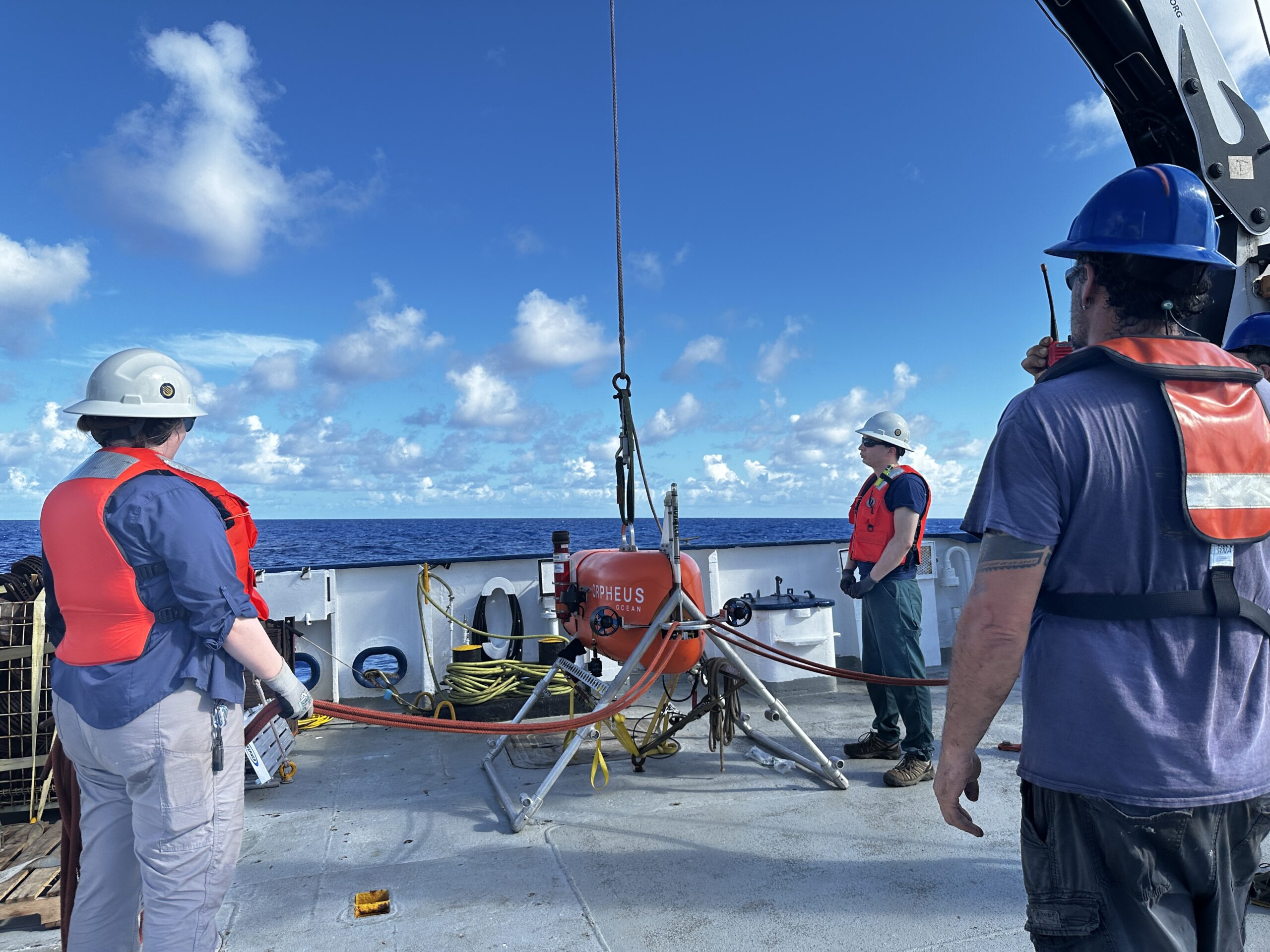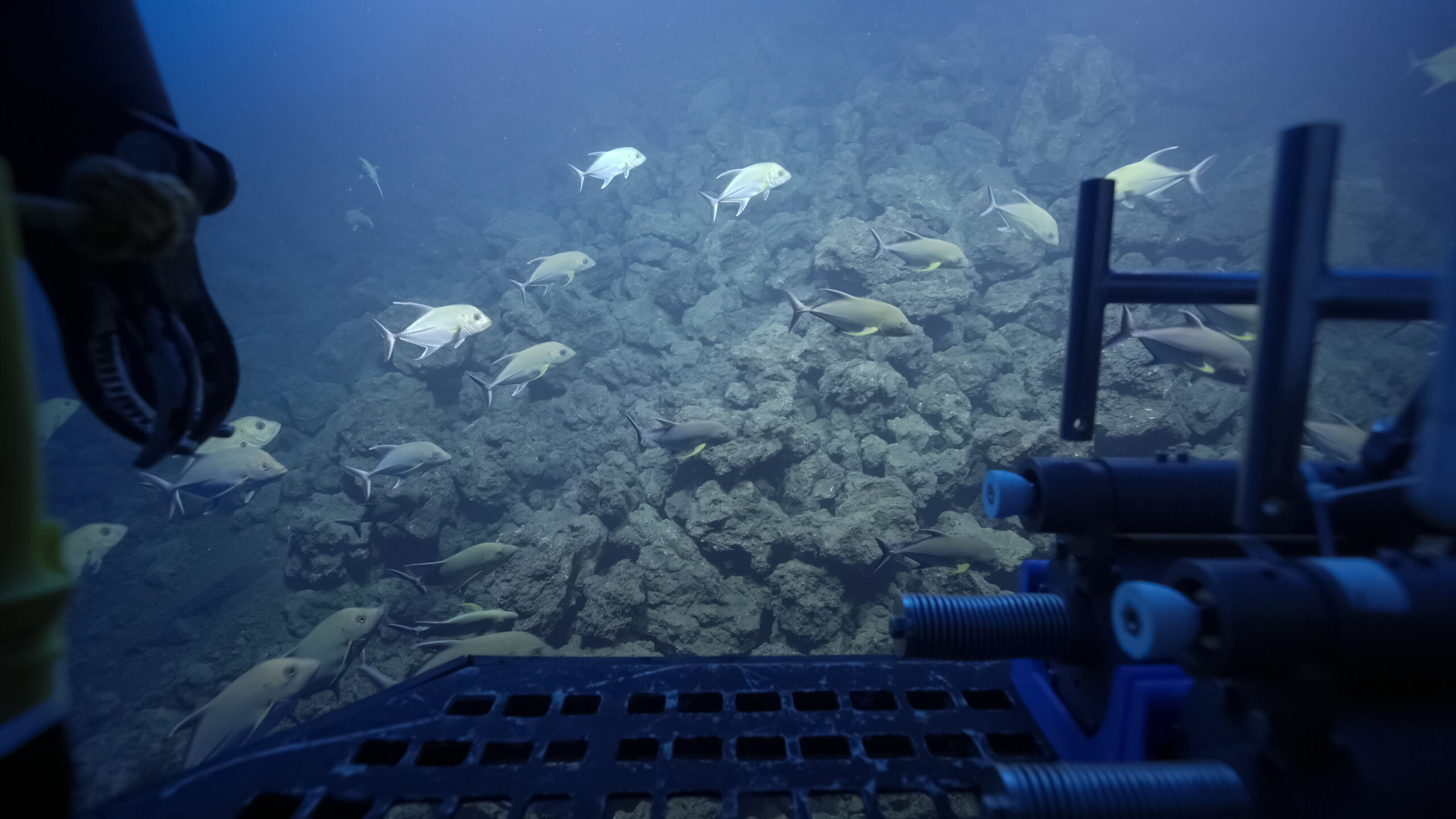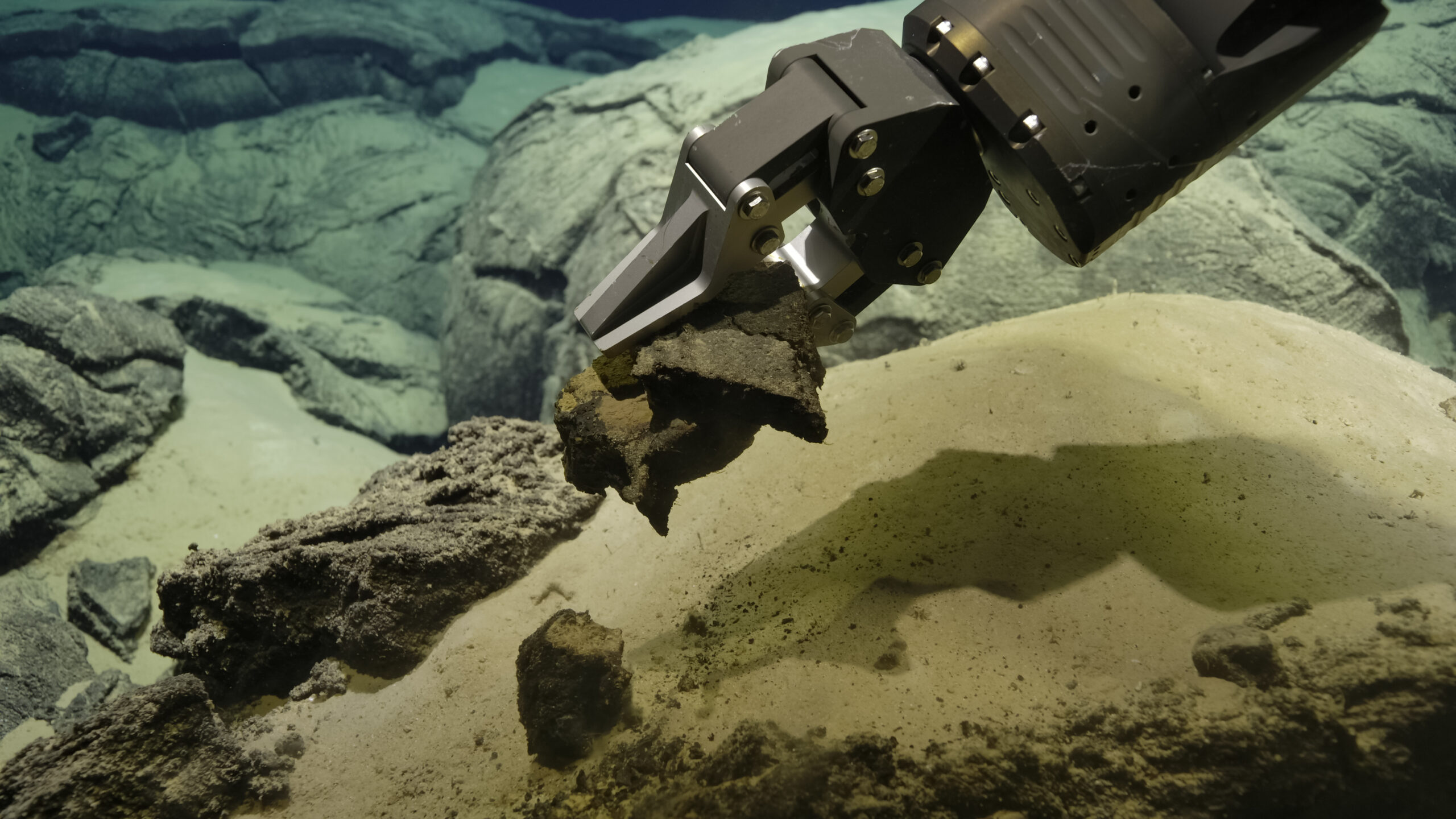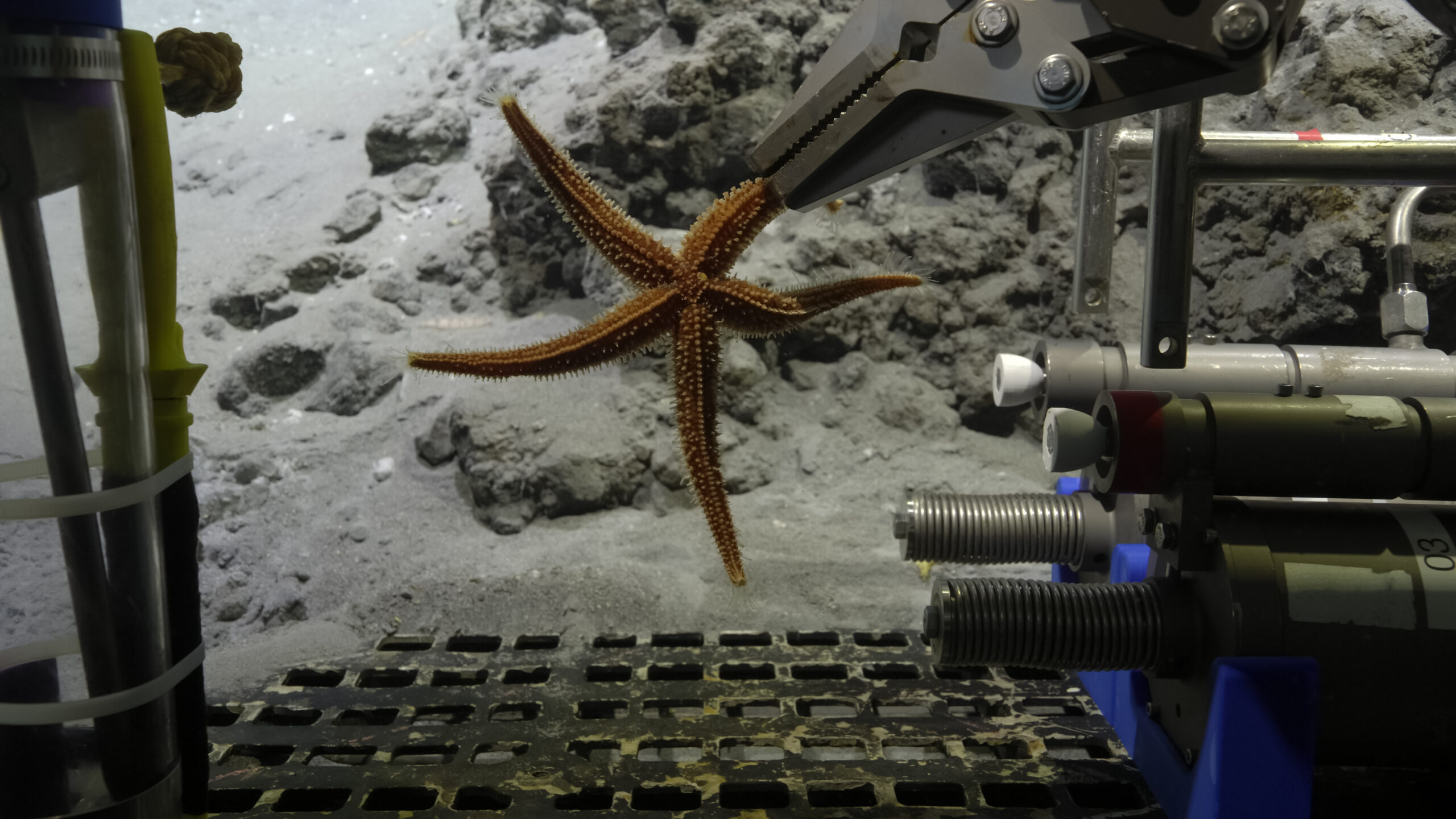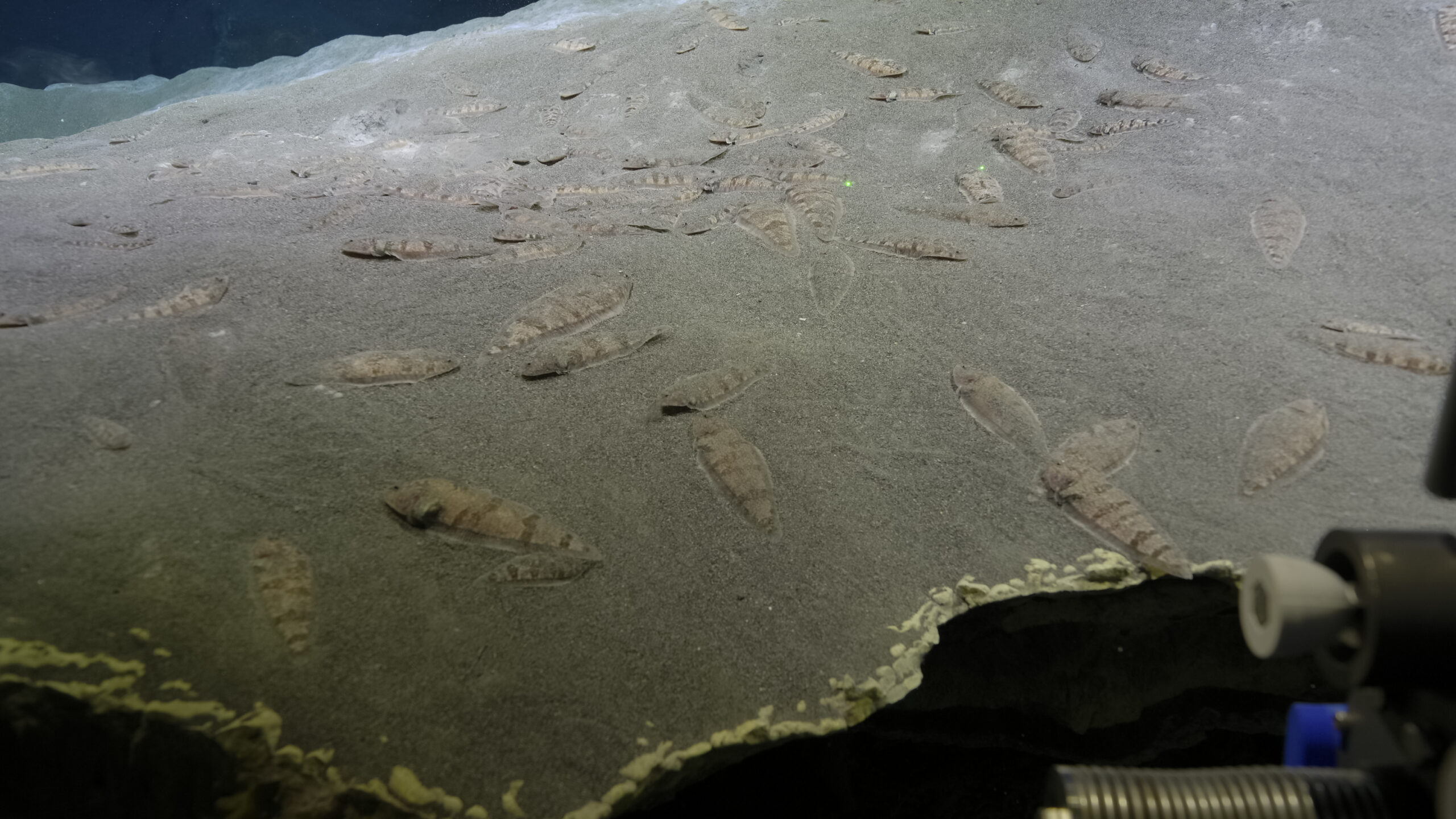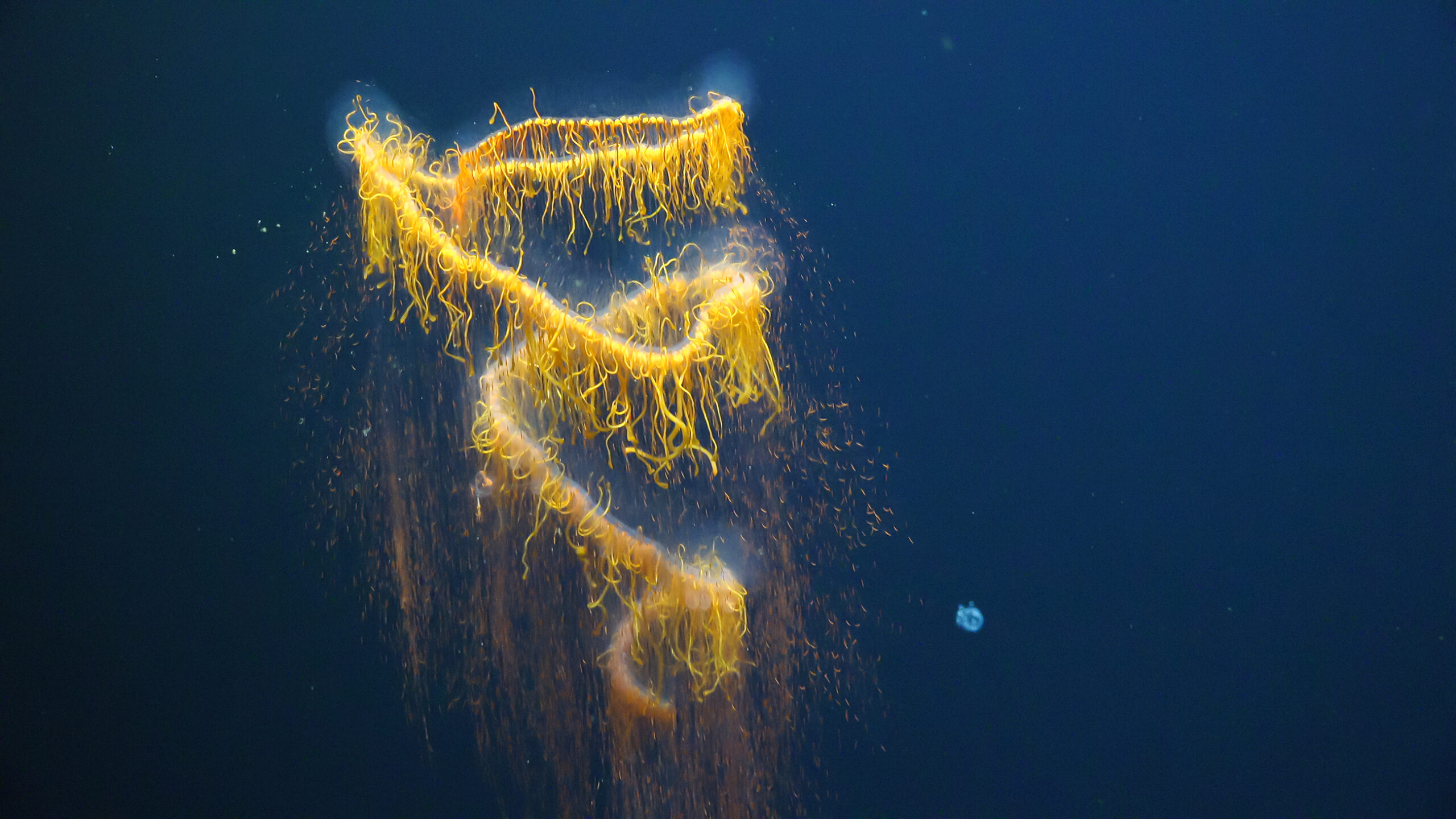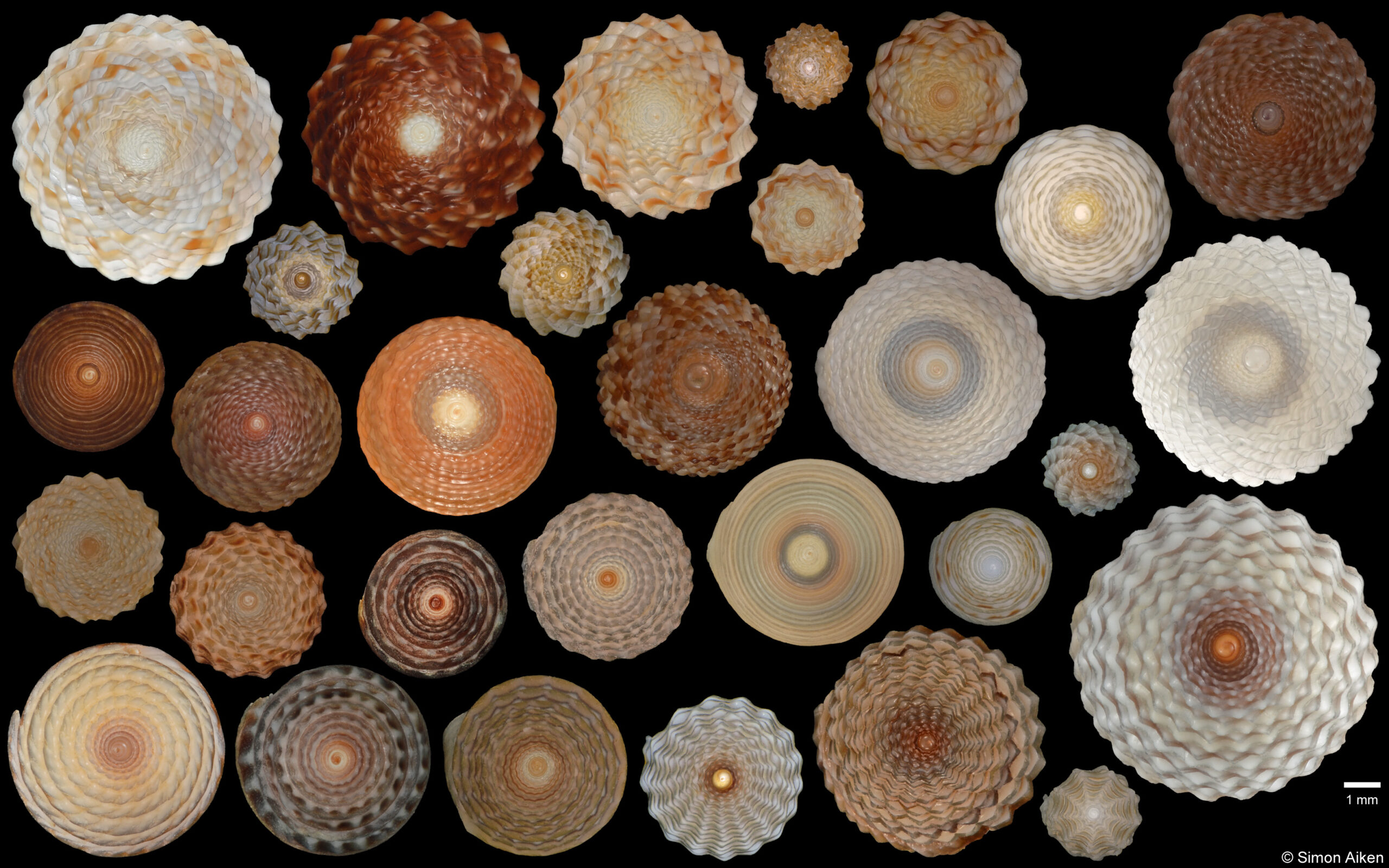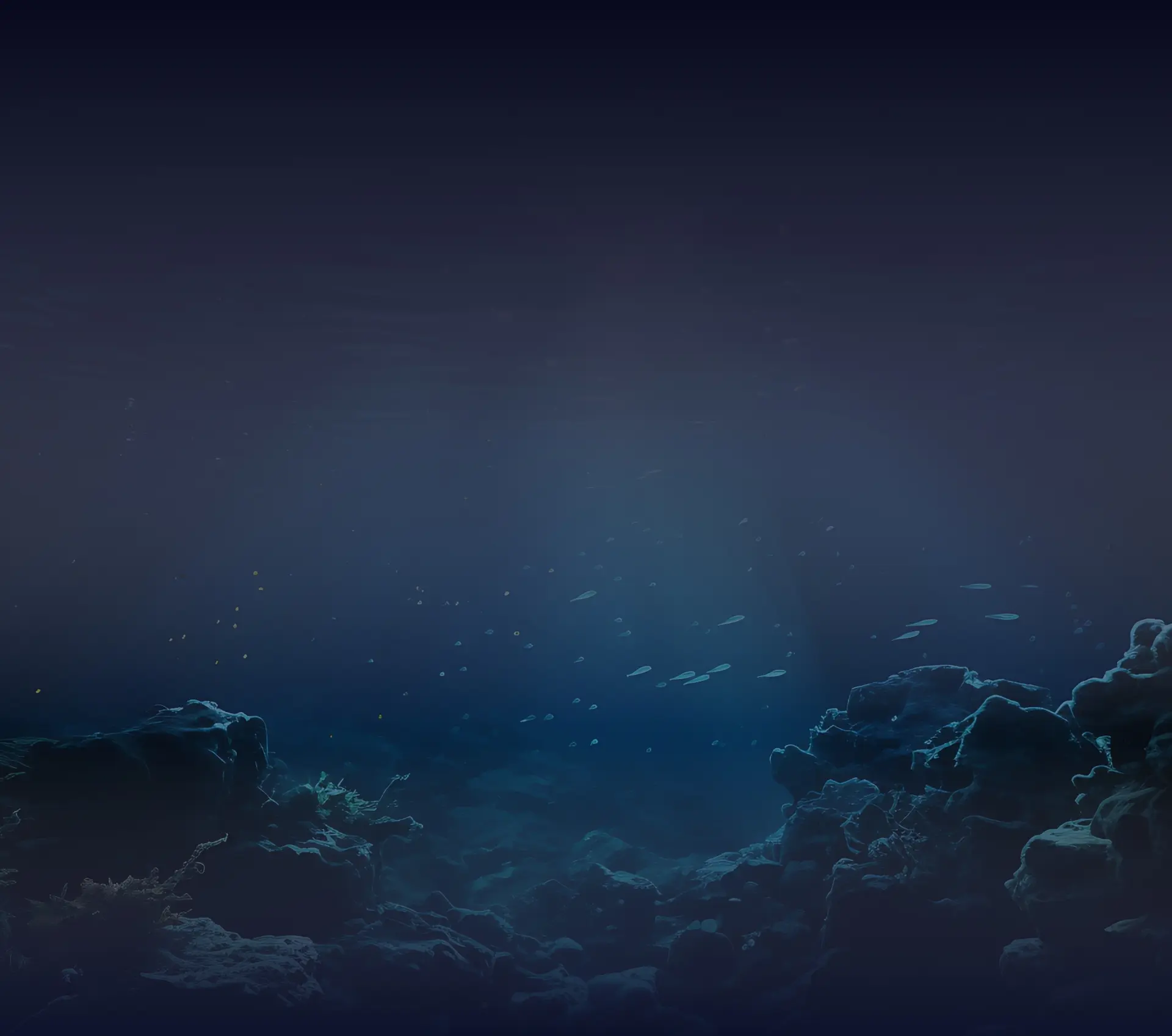

Mariana Islands
MICRONESIA: 7 MAY – 29 MAY, 2025
The Ocean Census joined the Ocean Exploration Trust on it’s Mariana Islands Expedition to explore one of the most tectonically and volcanically dynamic locations on the planet, on board the E/V Nautilus. This Ocean Census participant expedition saw one scientist from the Ocean Census Science Network complete the 21-day expedition in the western Pacific Ocean, alongside the Ocean Exploration Trust team.
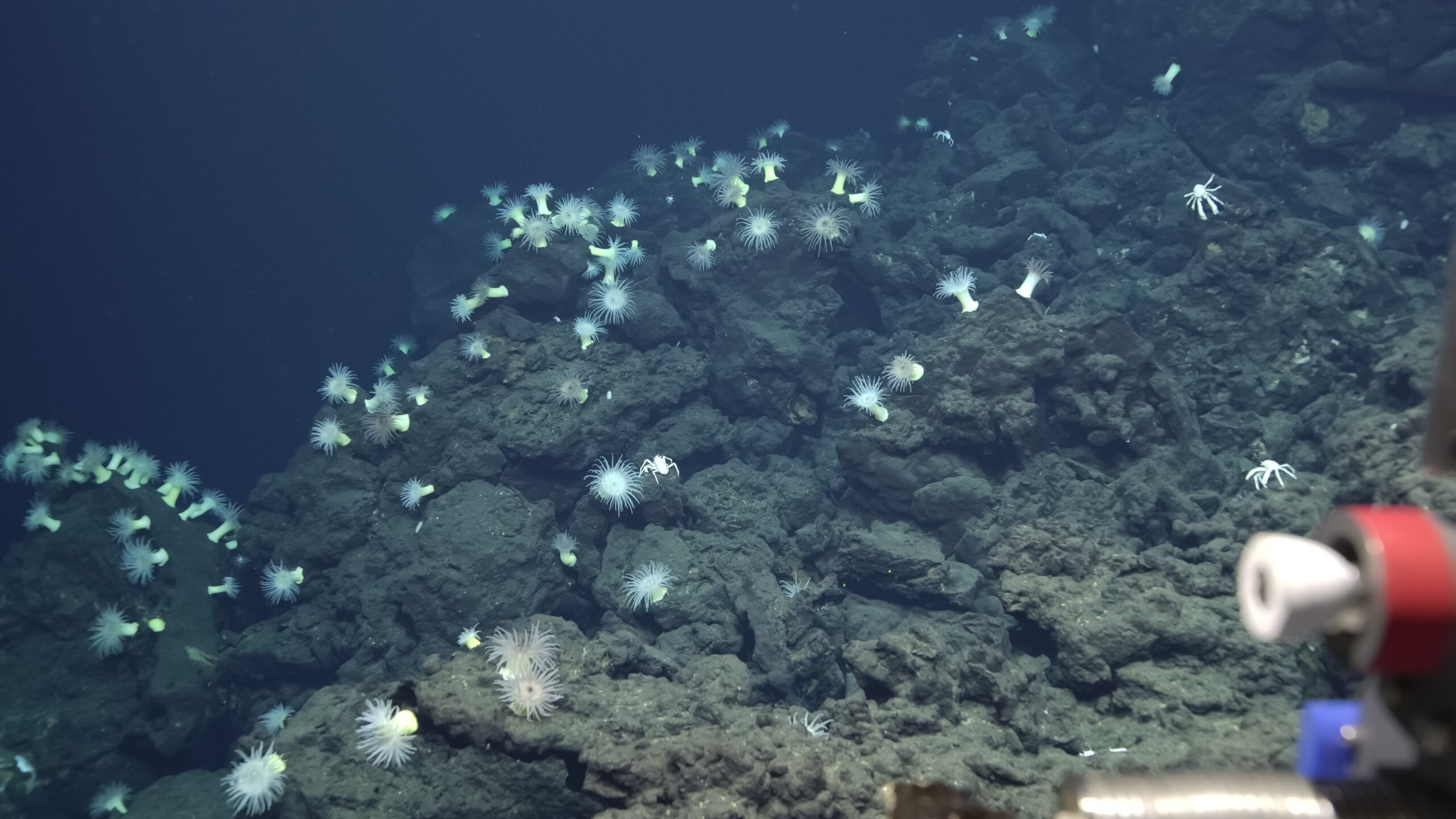
Mission Guide
This Ocean Census participant expedition saw one scientist from the Ocean Census Science Network working alongside the Ocean Exploration Trust team to explore a region that is marked as one of the most active volcanic systems on Earth, with more than 60 submarine volcanoes, 21 of which are hydrothermally active.
This 21-day expedition utilised the ROV, mapping, and telepresence systems of E/V Nautilus in combination with Orpheus AUV to explore priority deep-sea areas, including sites that have signatures of recent volcanism, abyssal plain habitats, as well as other deep-sea areas in and around the Mariana Trench Marine National Monument that support resource management priorities.
Mission facts
Dates
7 May – 29 May 2025
Duration
21 days
Location
Mariana Islands – Micronesia
Type
Participant
Image credits
Ocean Exploration Trust
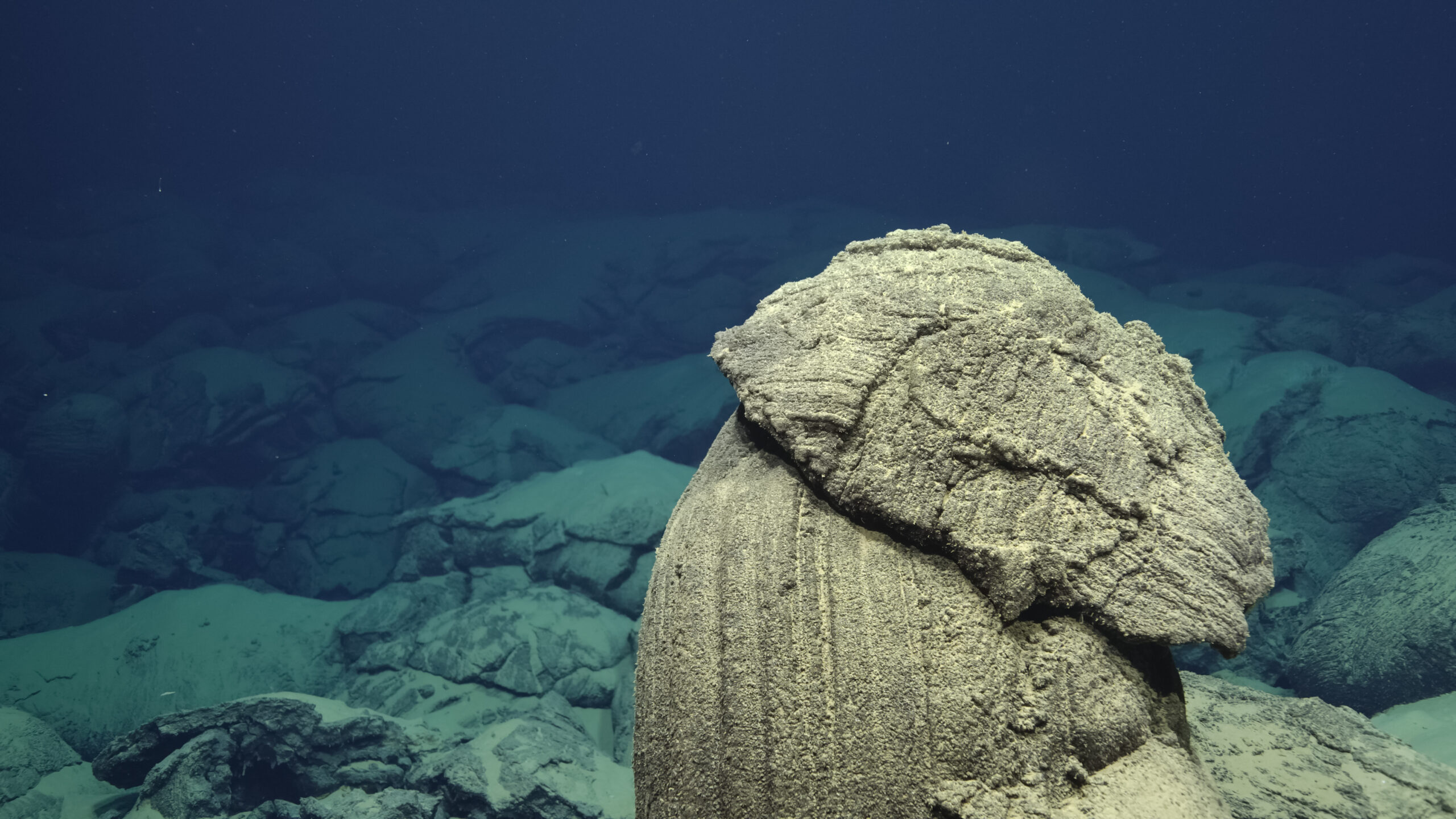
Mission brief
The Mariana Trench Marine National Monument protects 95,216 square miles (246,610 km2) of submerged lands and waters around the Mariana Archipelago. It is geologically very complex, sporting a subduction zone, back arc basins, an active simmering island, and submarine volcanoes.
The crescent-shaped Mariana Trench is the “Grand Canyon” of the ocean (actually 120 times larger) and includes some of the deepest known areas on Earth. Challenger Deep, the deepest part of the Mariana Trench and the greater ocean, is located at a depth of about 36,000 feet (around 11,000 meters) — about 7,000 feet deeper than Mount Everest is tall. The Volcanic Unit includes a series of undersea mud volcanoes and thermal vents that support unusual life forms in some of the harshest conditions on Earth. Species are able to survive here despite hydrothermal vents that produce highly acidic and boiling water.
This 21-day expedition completed nine successful ROV dives for a total dive time of 115 hours and 85 hours of seafloor exploration at depths between 450-3,700 meters. These dives explored a wide range of underwater features, including a seamount east of the Mariana Trench on some of the world’s oldest seafloor (Vogt), two seamounts in the northern part of the Mariana Arc with shallow summits (Daikoku and Ahyi), two deep sites along the Mariana Backarc (Burke and Hafa Adai hydrothermal vent fields), and two previously unexplored mesophotic coral ecosystems on the Western Mariana Ridge.
Ocean Census supported Eva Stewart, a deep-sea Biology PhD student primarily based at the Natural History Museum London, to take part in this expedition.
A total of 84 primary samples were collected during the ROV dives, including 42 biological and 42 geological and geochemical fluid samples, which will support studies on the biodiversity, biogeography, and geological context of the region.
Be sure to follow @oceancensus and @nautiluslive on social media to learn more about this fascinating expedition.
Mission Partners
News
Participant Expeditions
Ocean Census supports a range of expeditions and opportunities for scientists to get onboard, helping to add capacity to species discovery worldwide.
Participant Expeditions give specialists from our Science Network and media experts the opportunity to join expeditions led by our Partners, gain at-sea skills, and exchange knowledge with other professionals.
Find out more and get involved by joining our Science Network today.
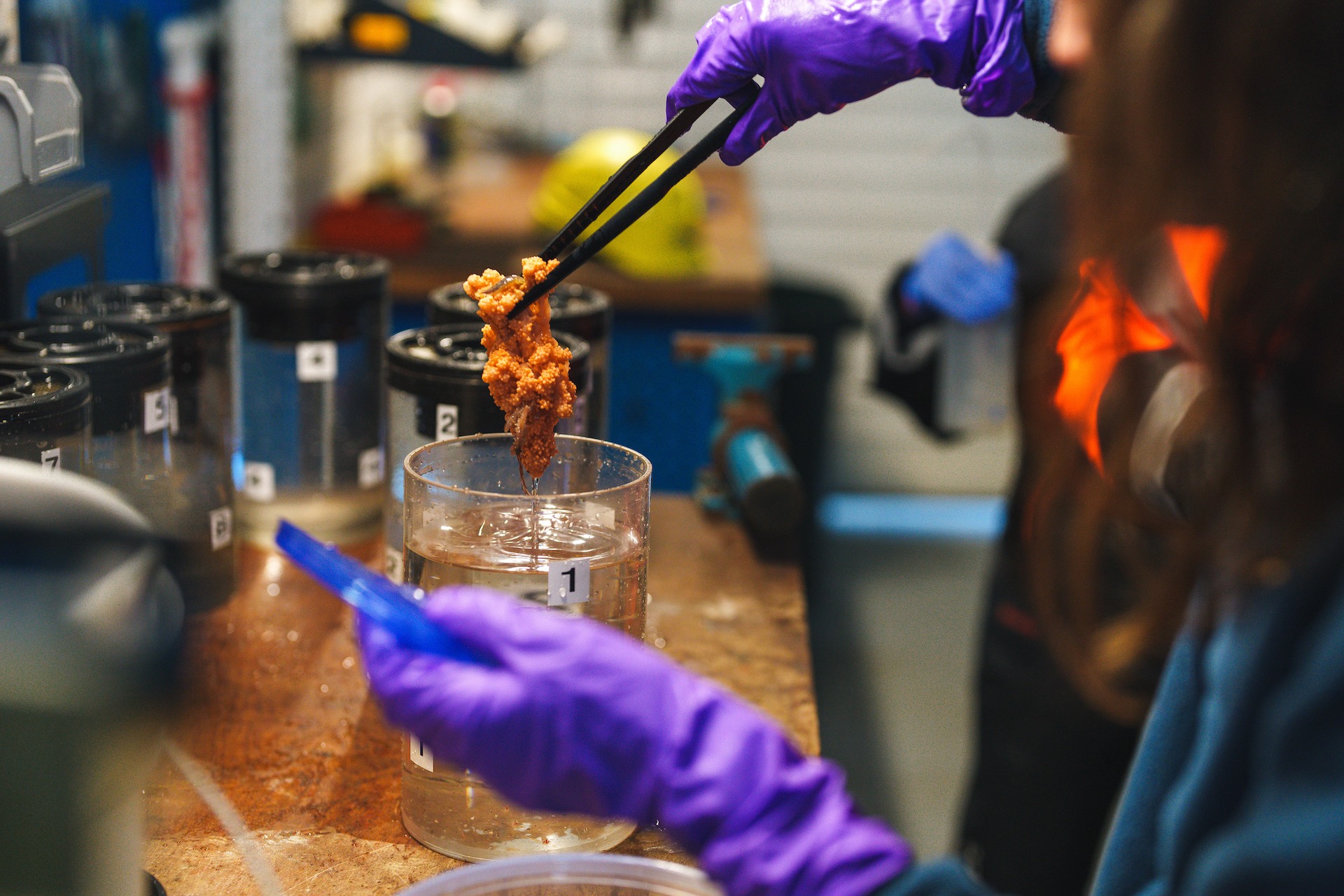
Join the census
The Ocean Census Alliance unites national and philanthropic marine institutes, museums, and universities, backed by governments, philanthropy, business and civil society partners.
